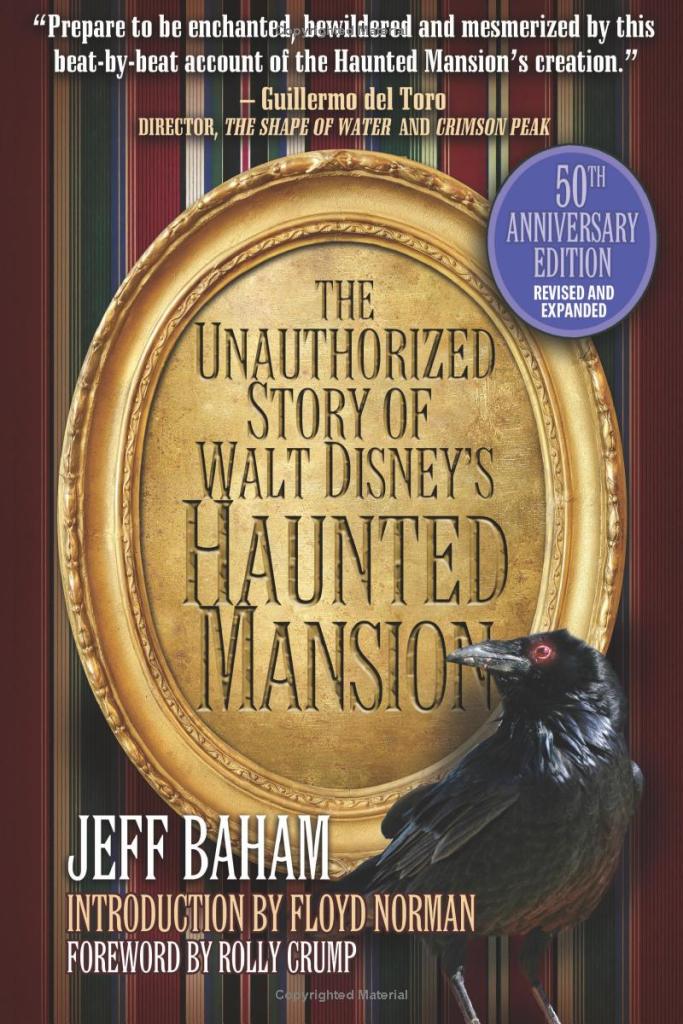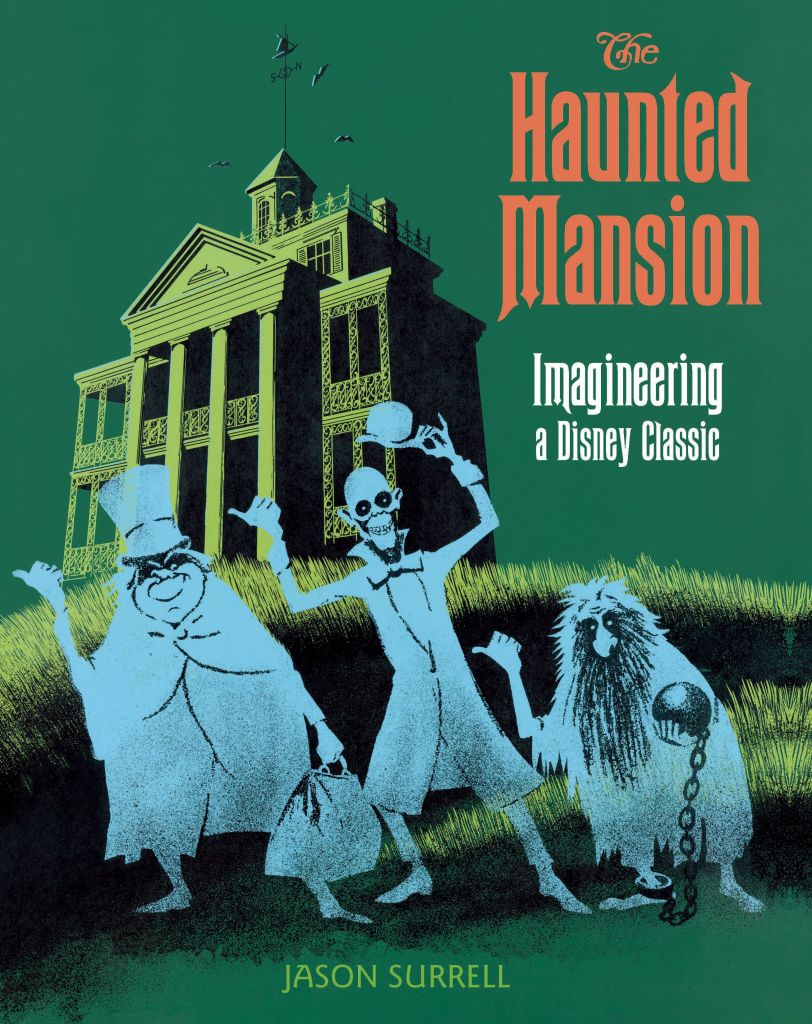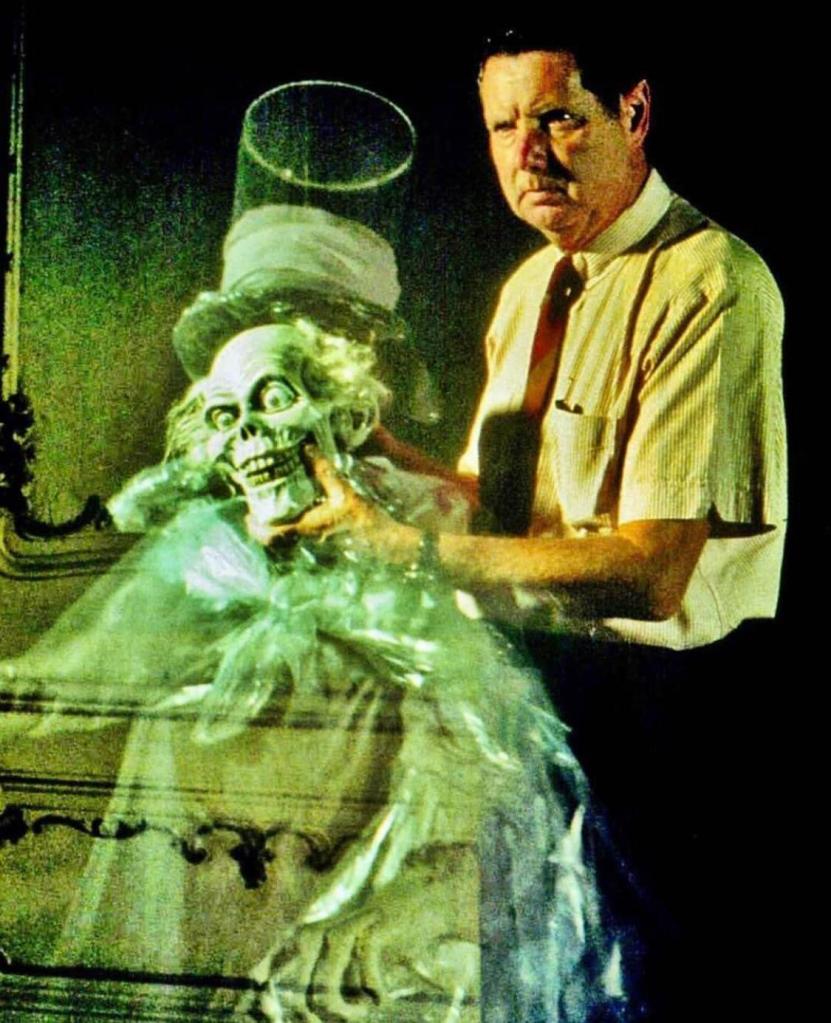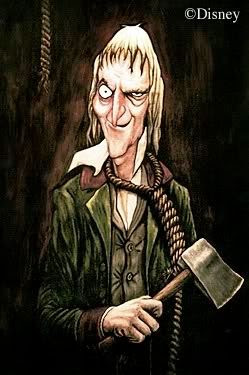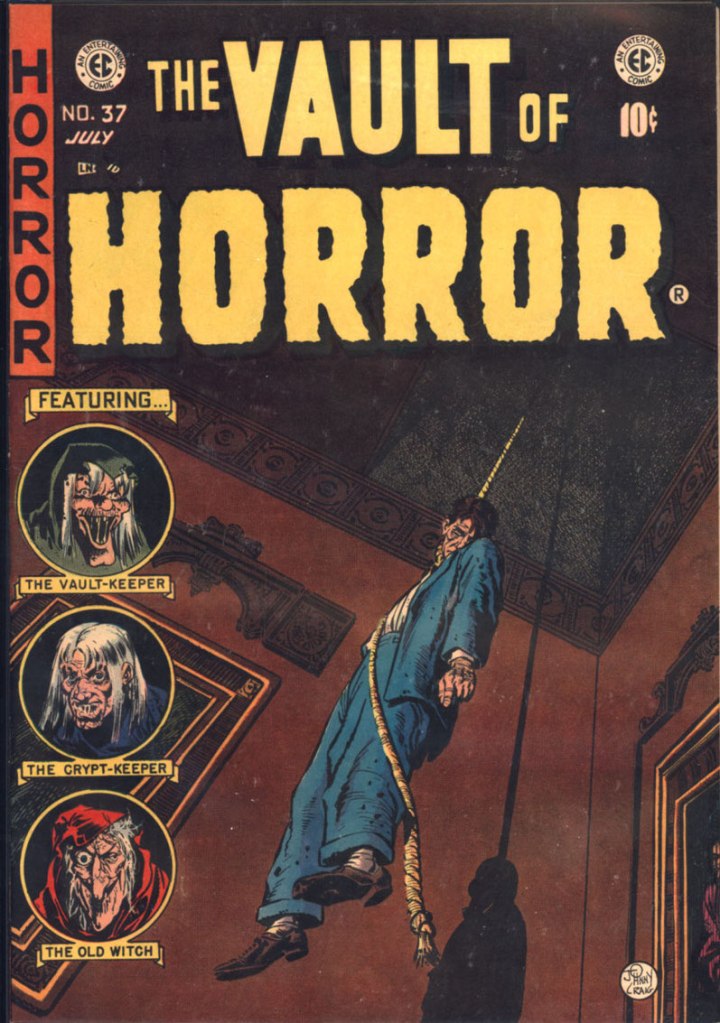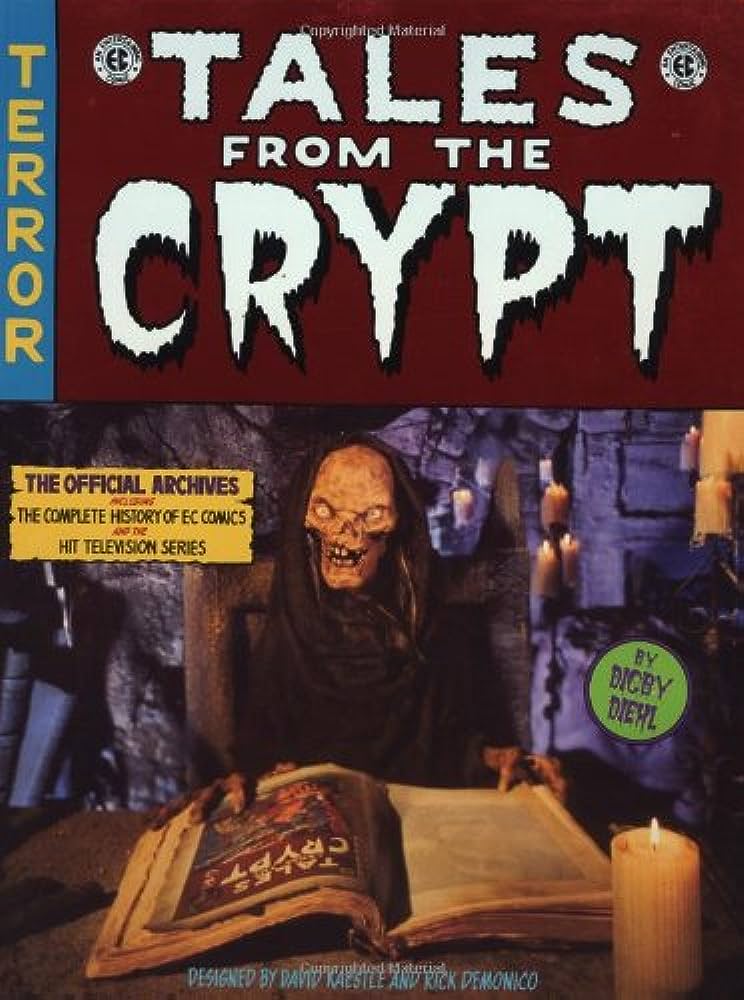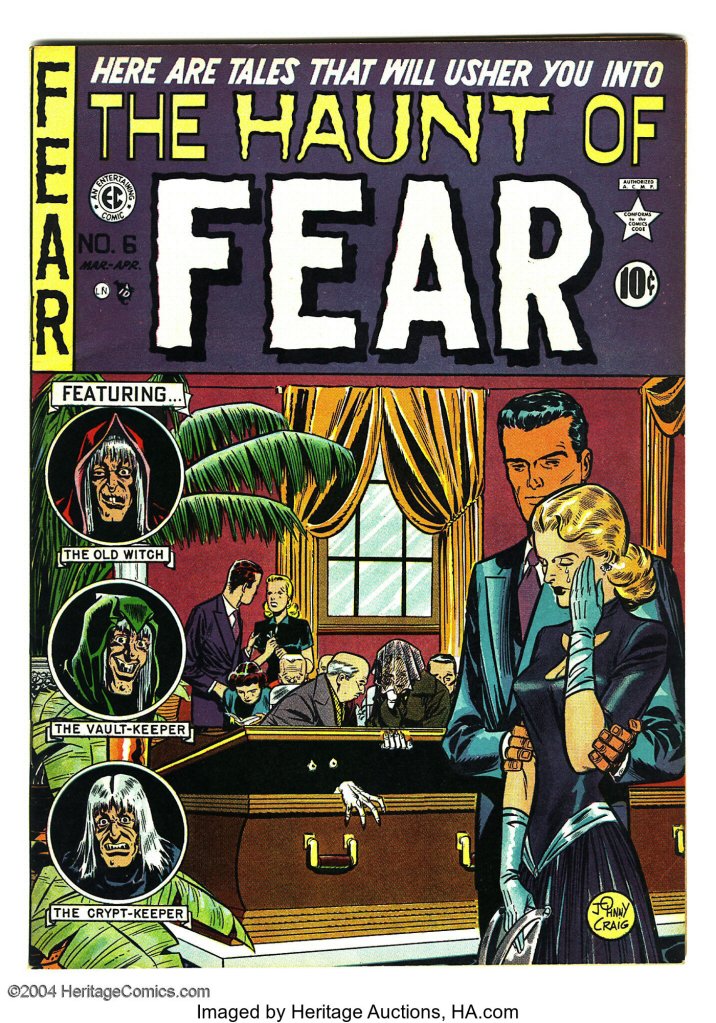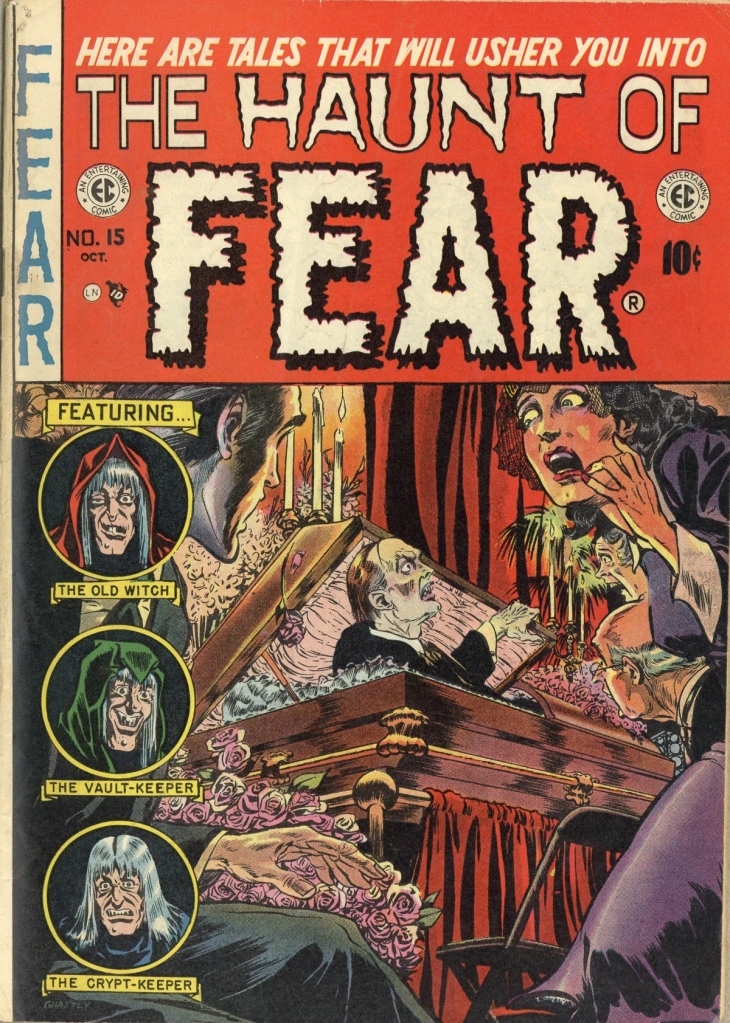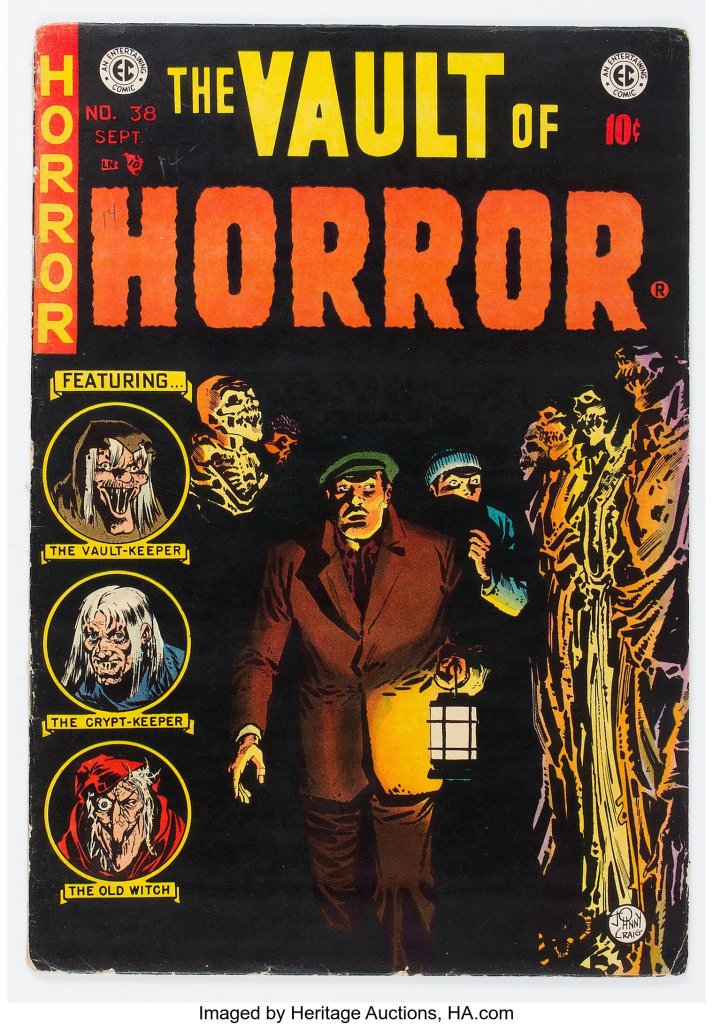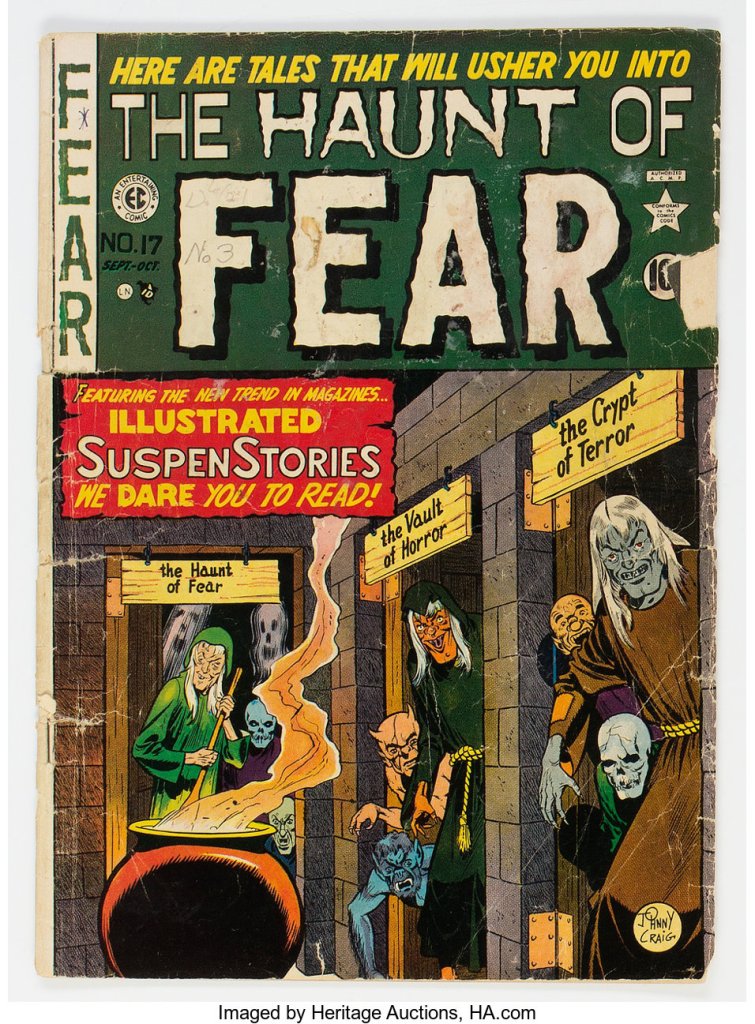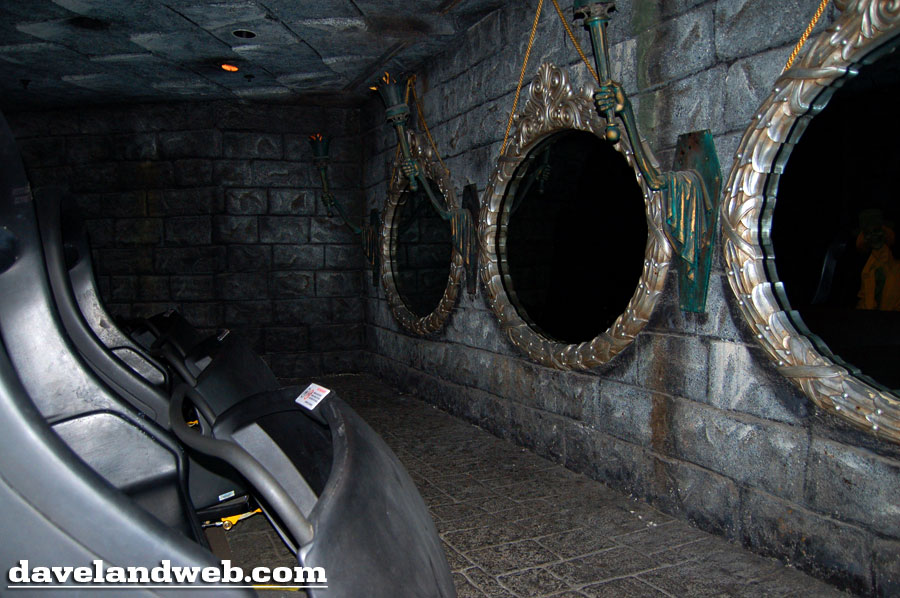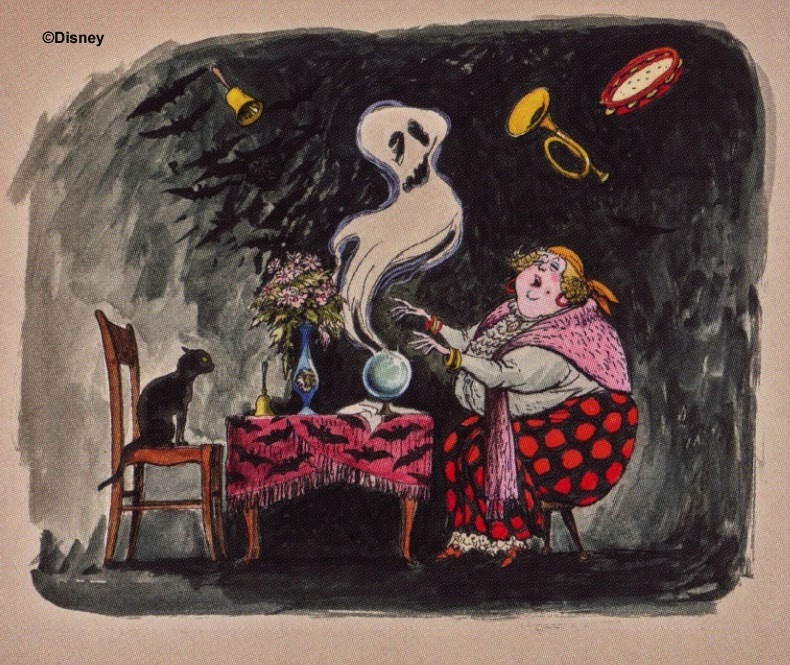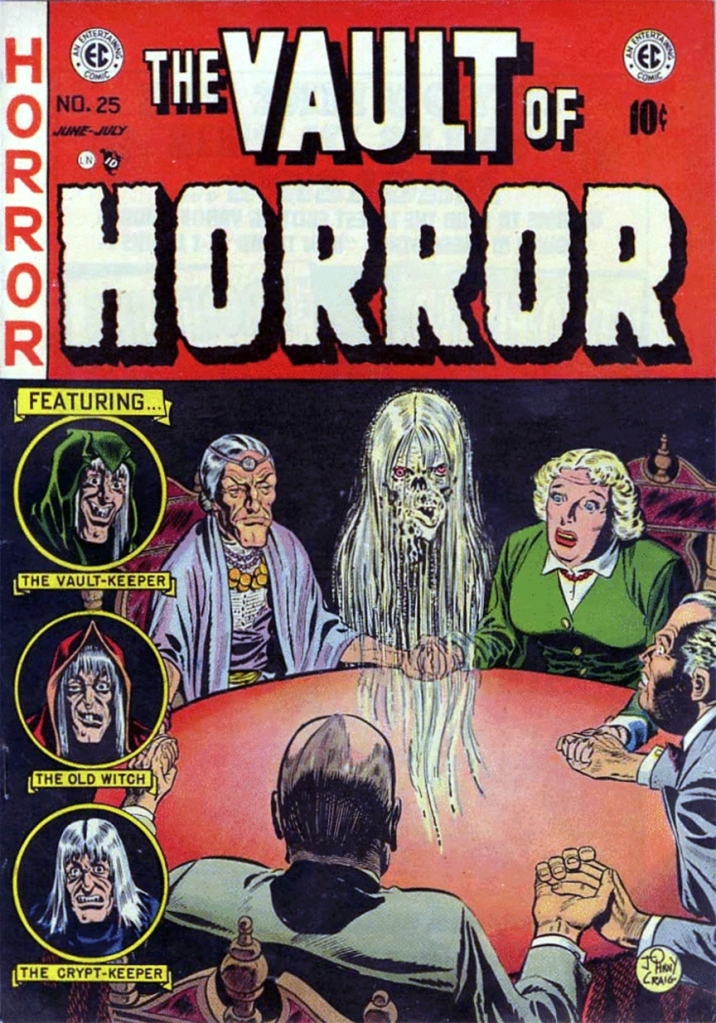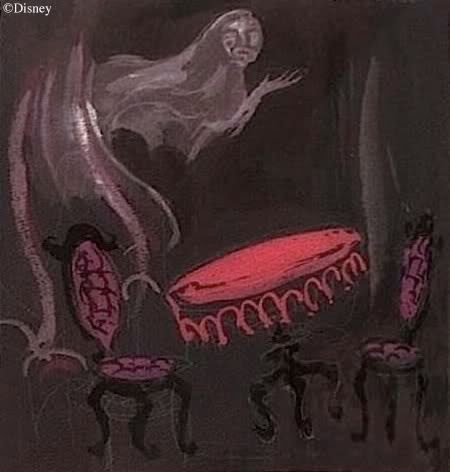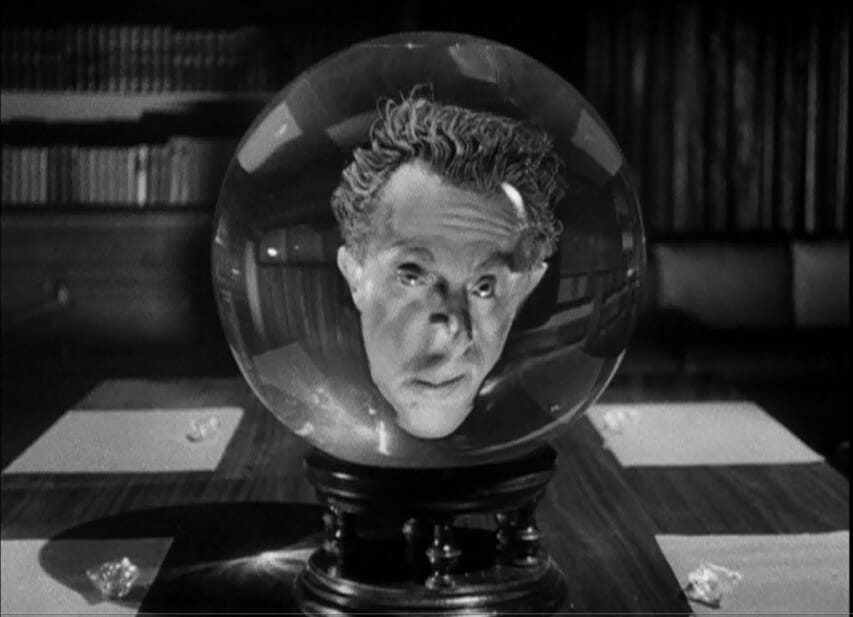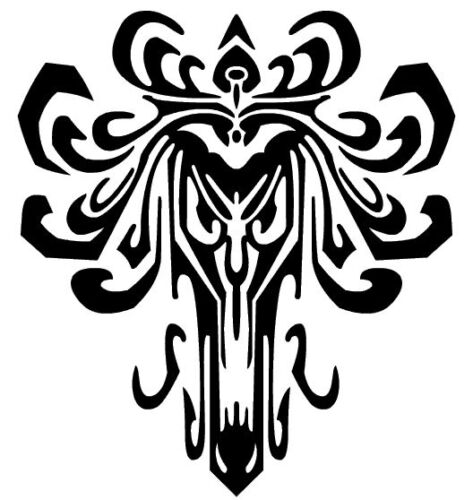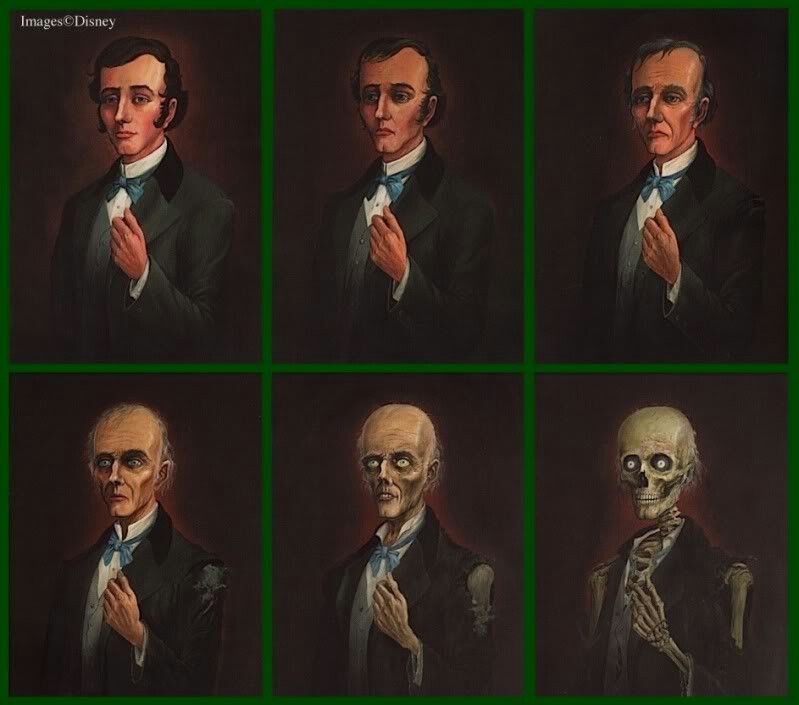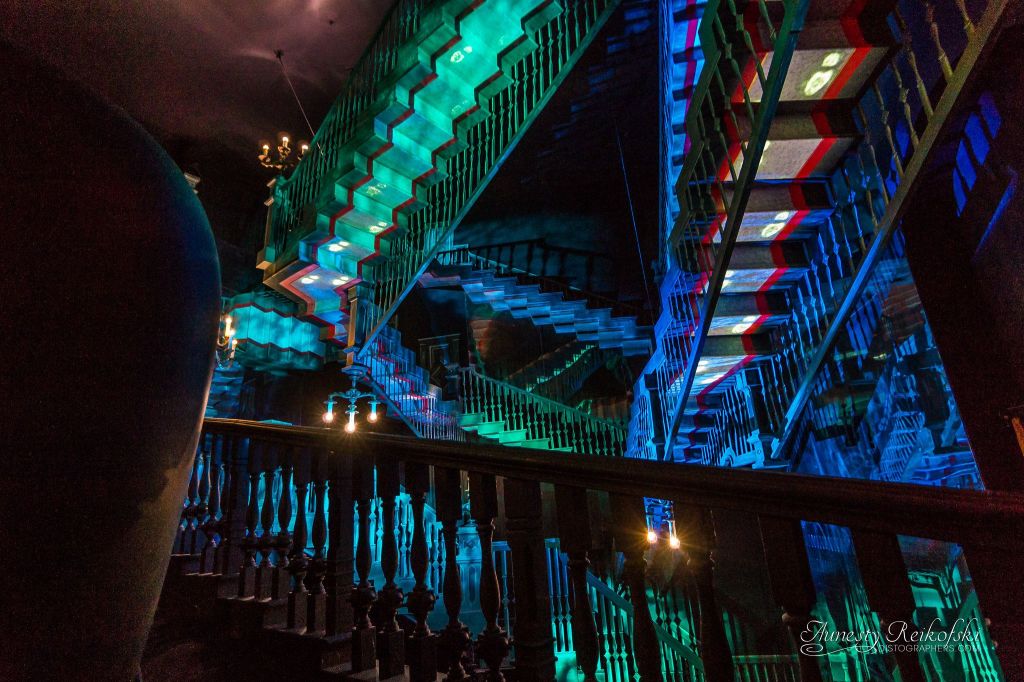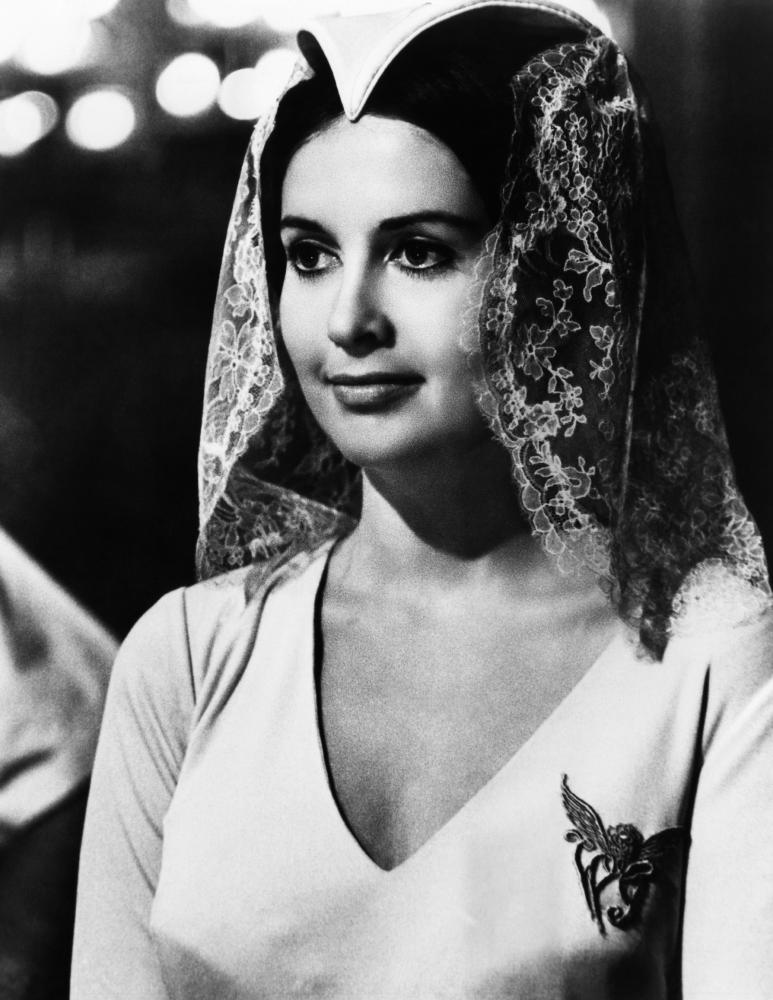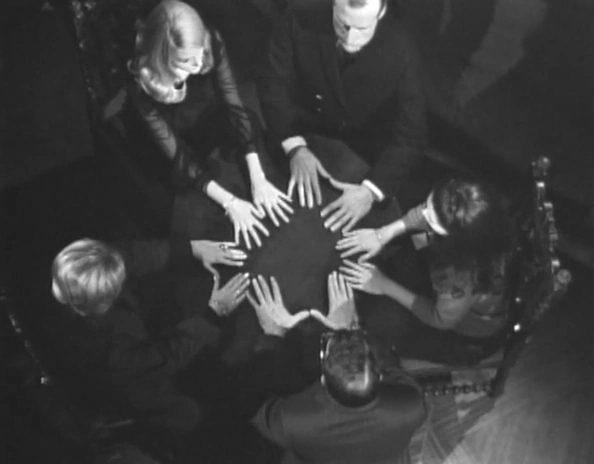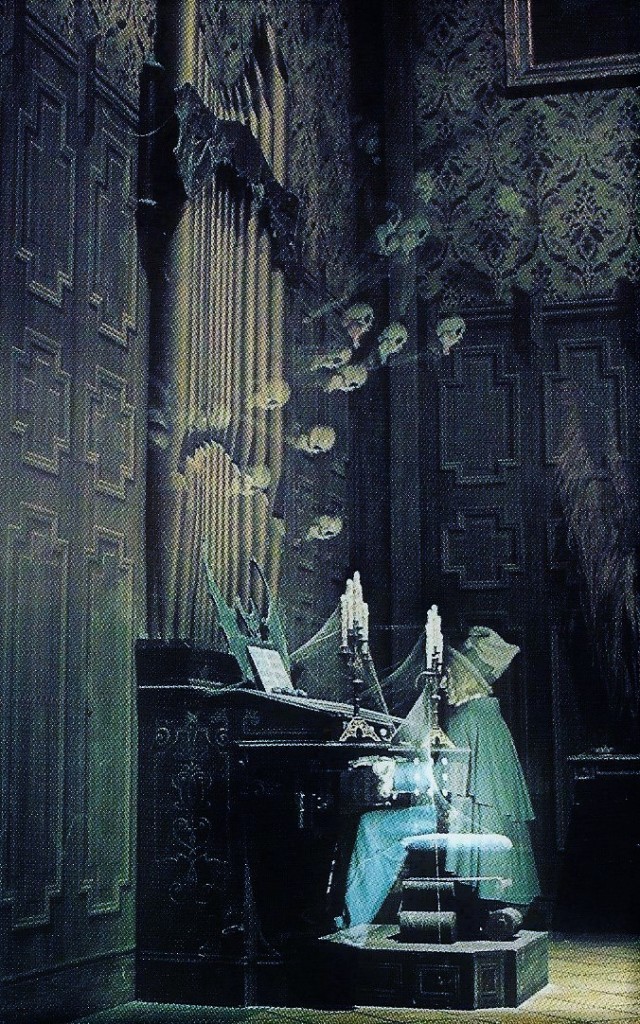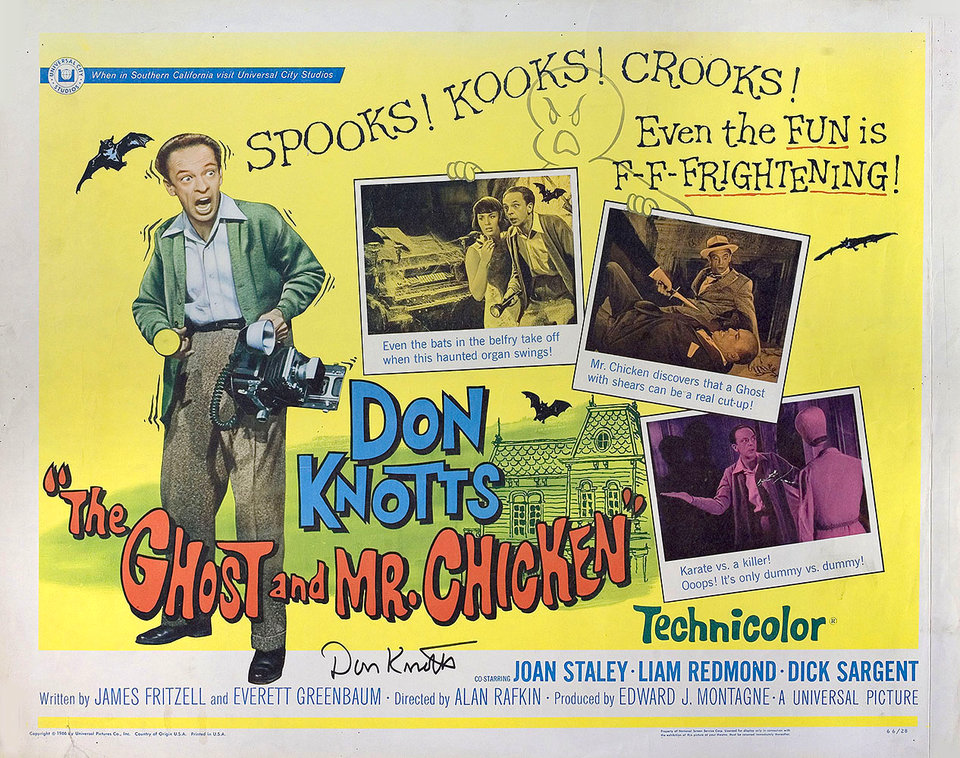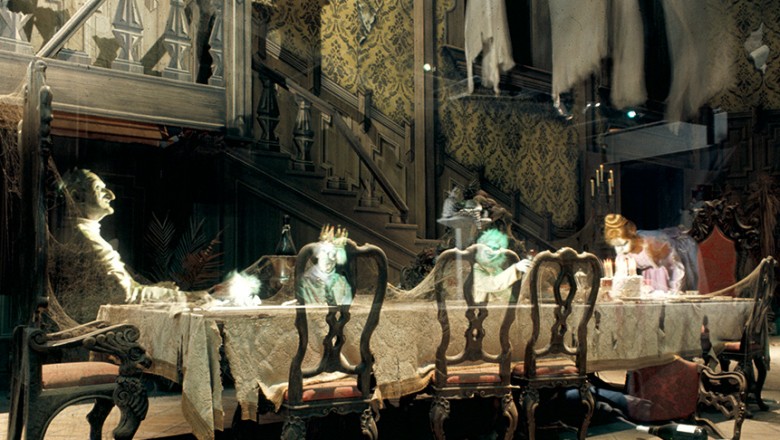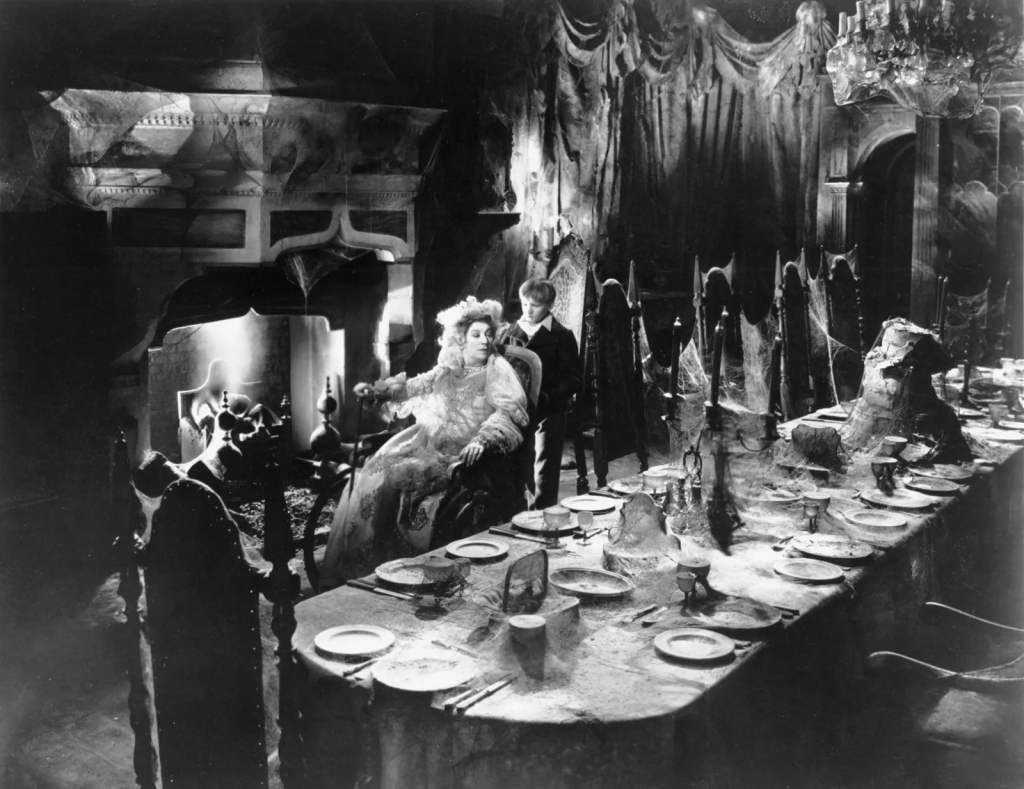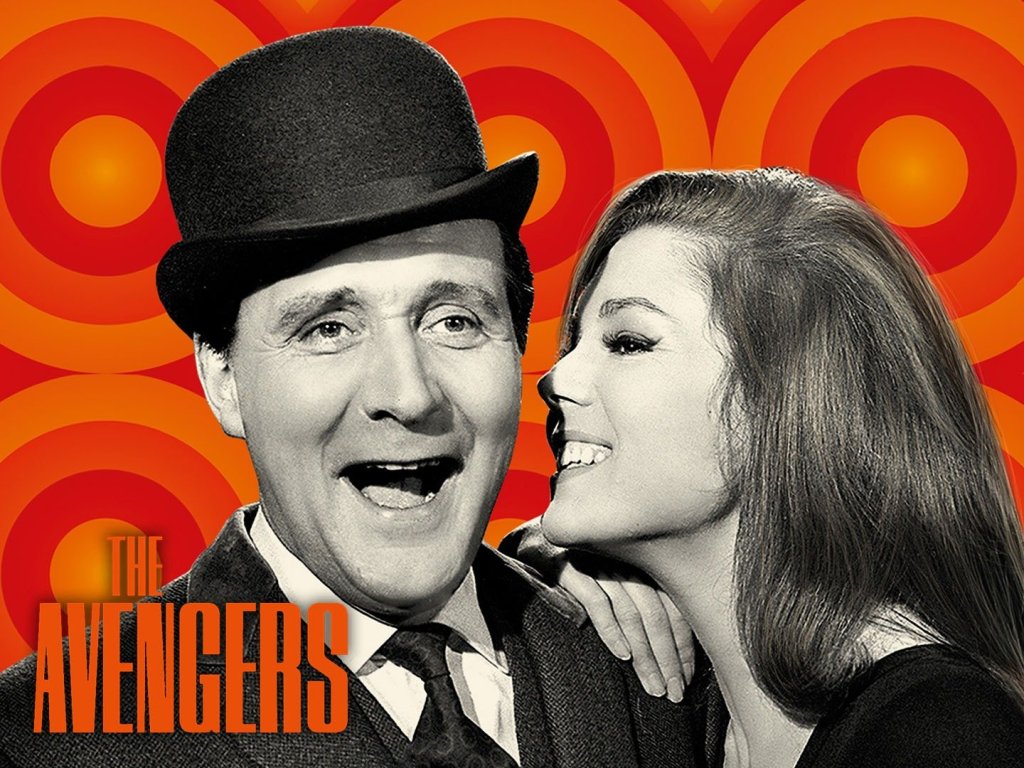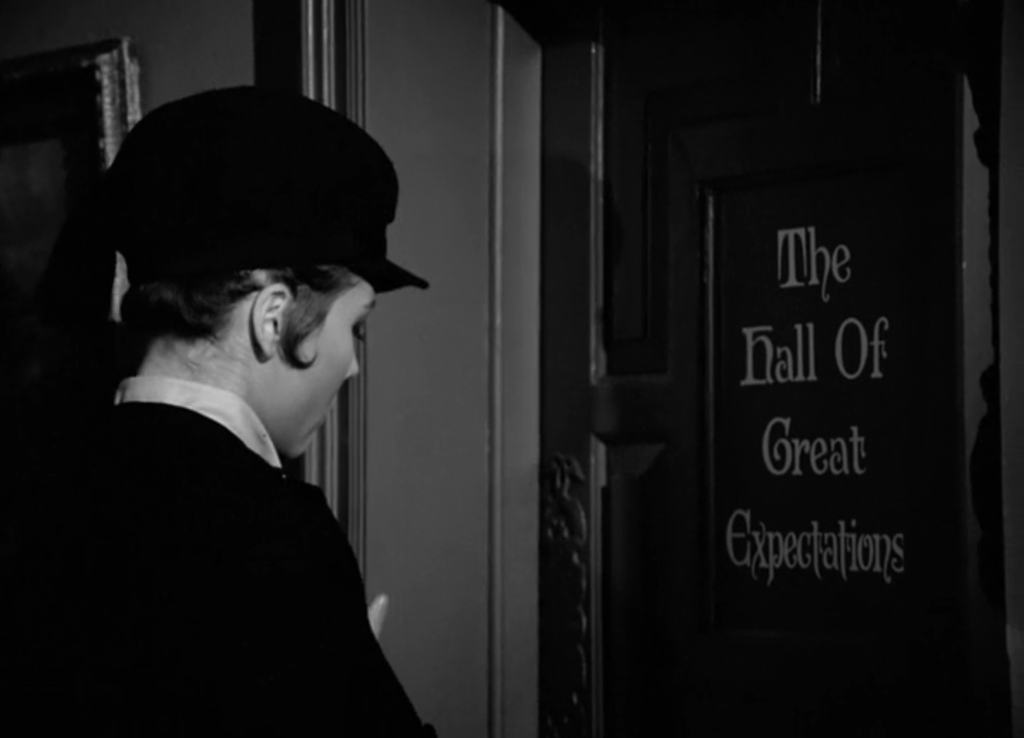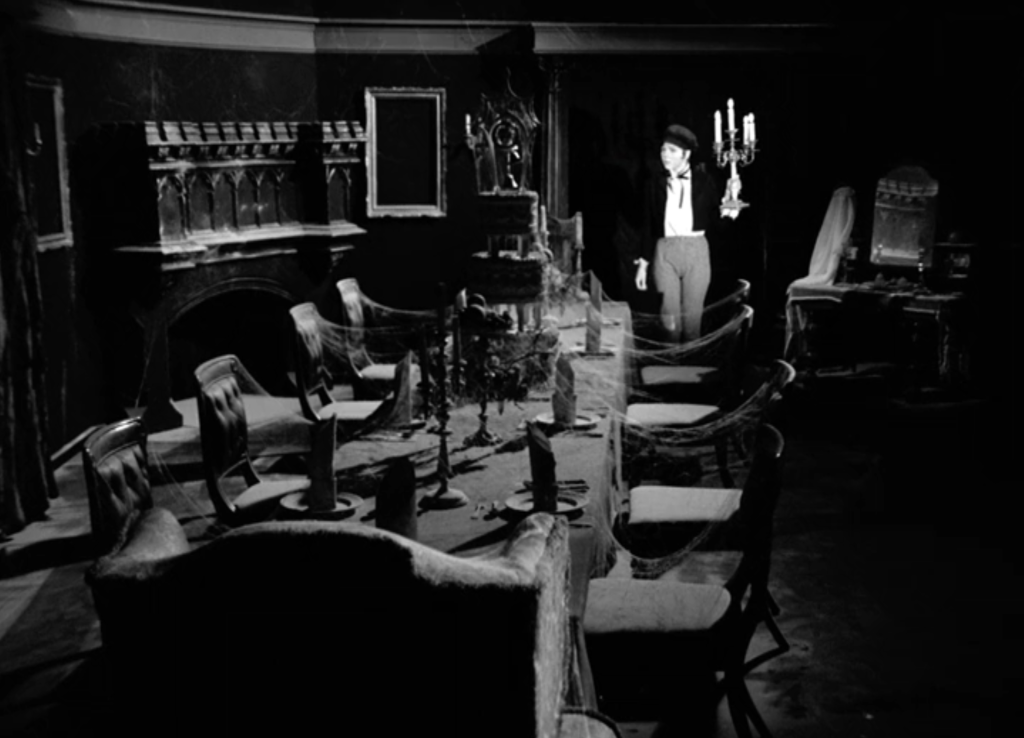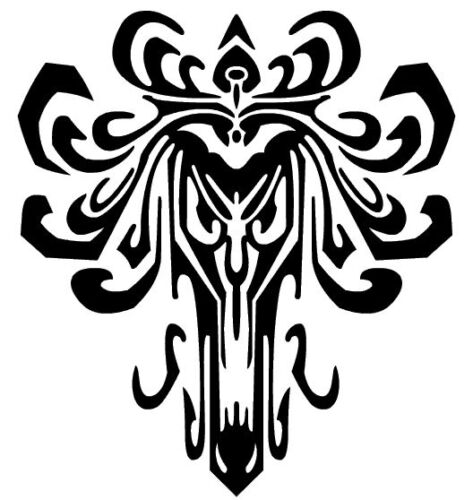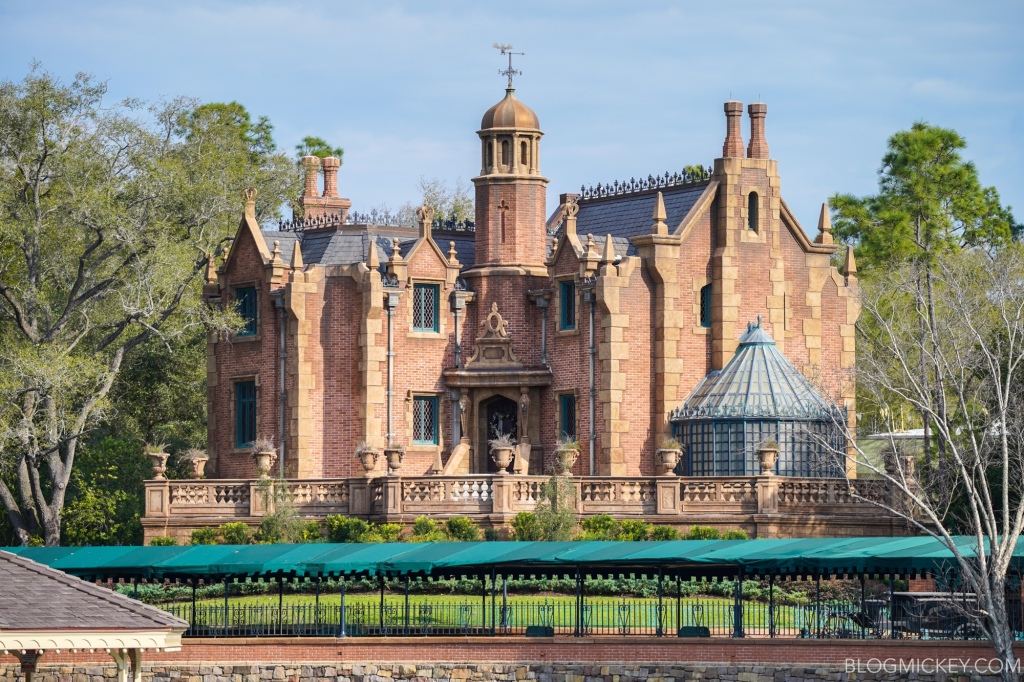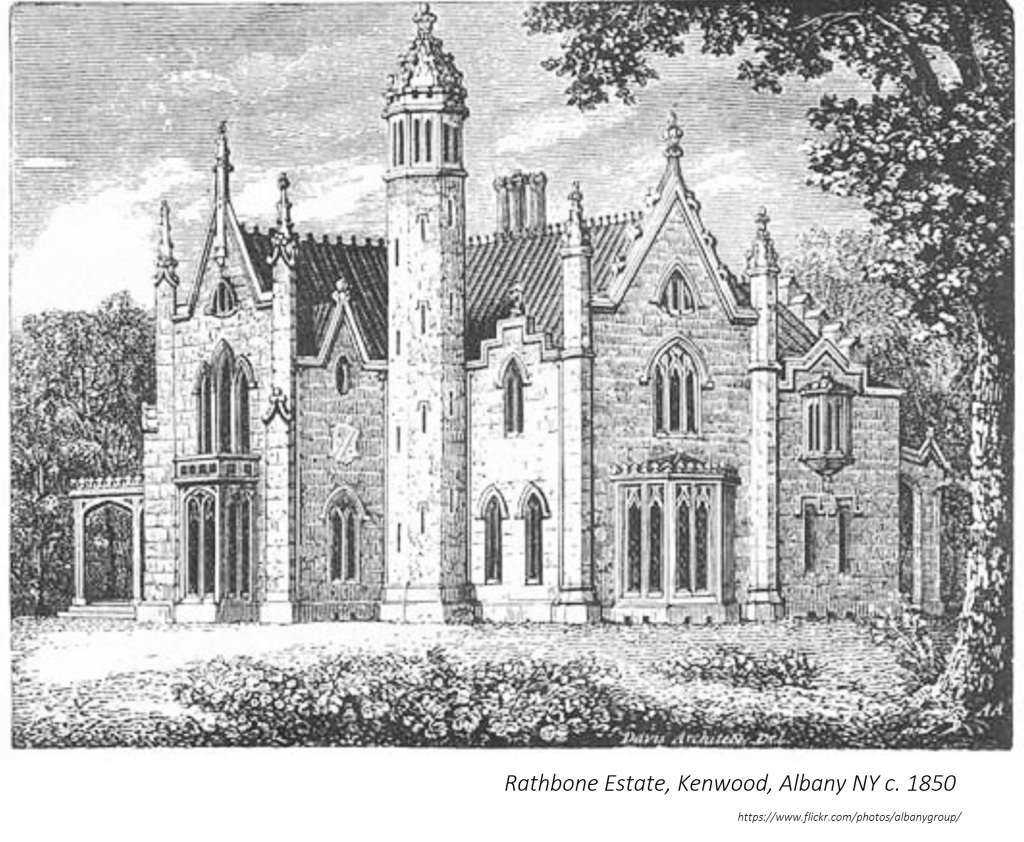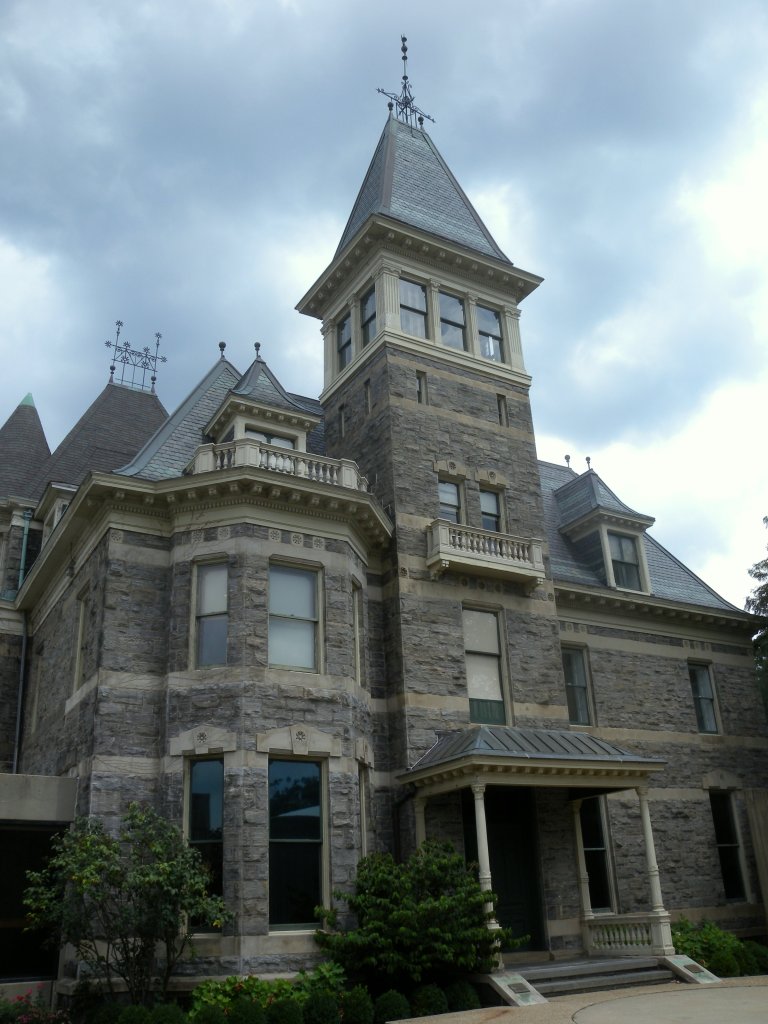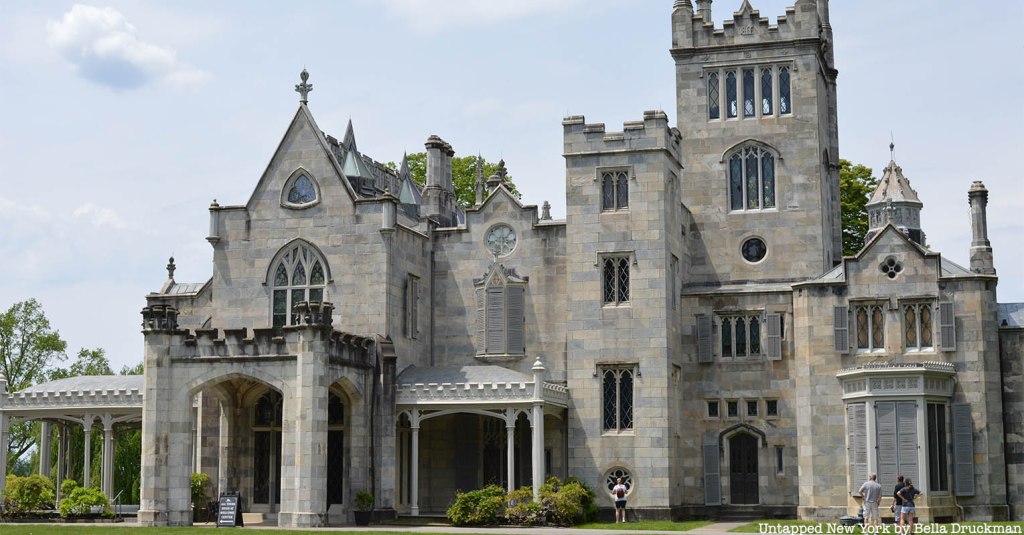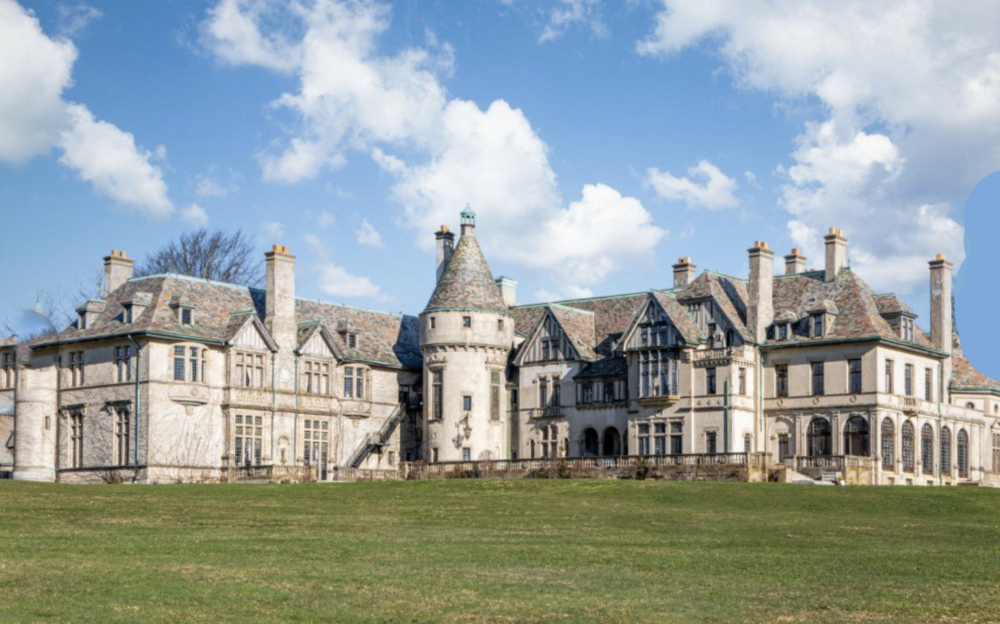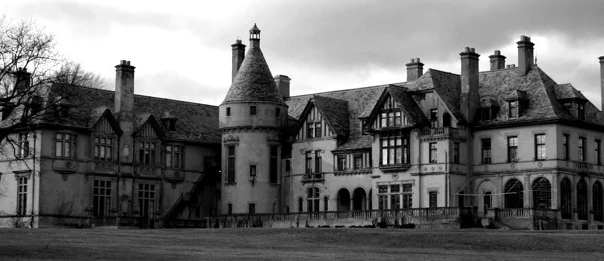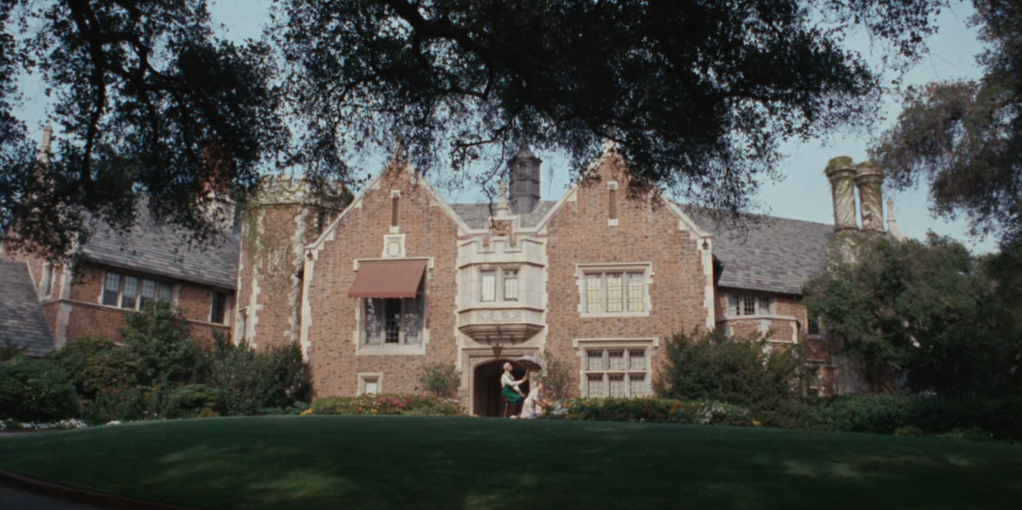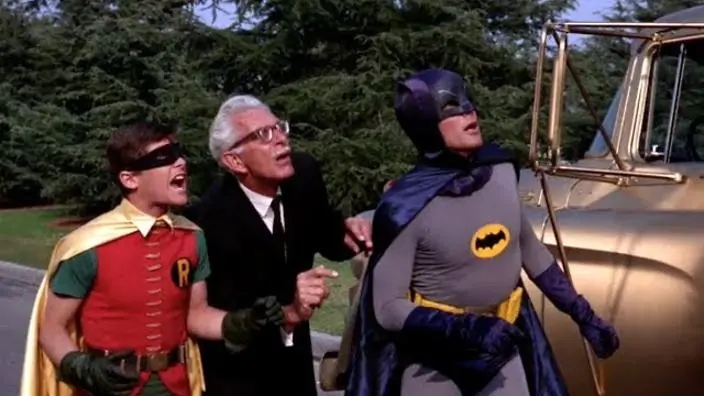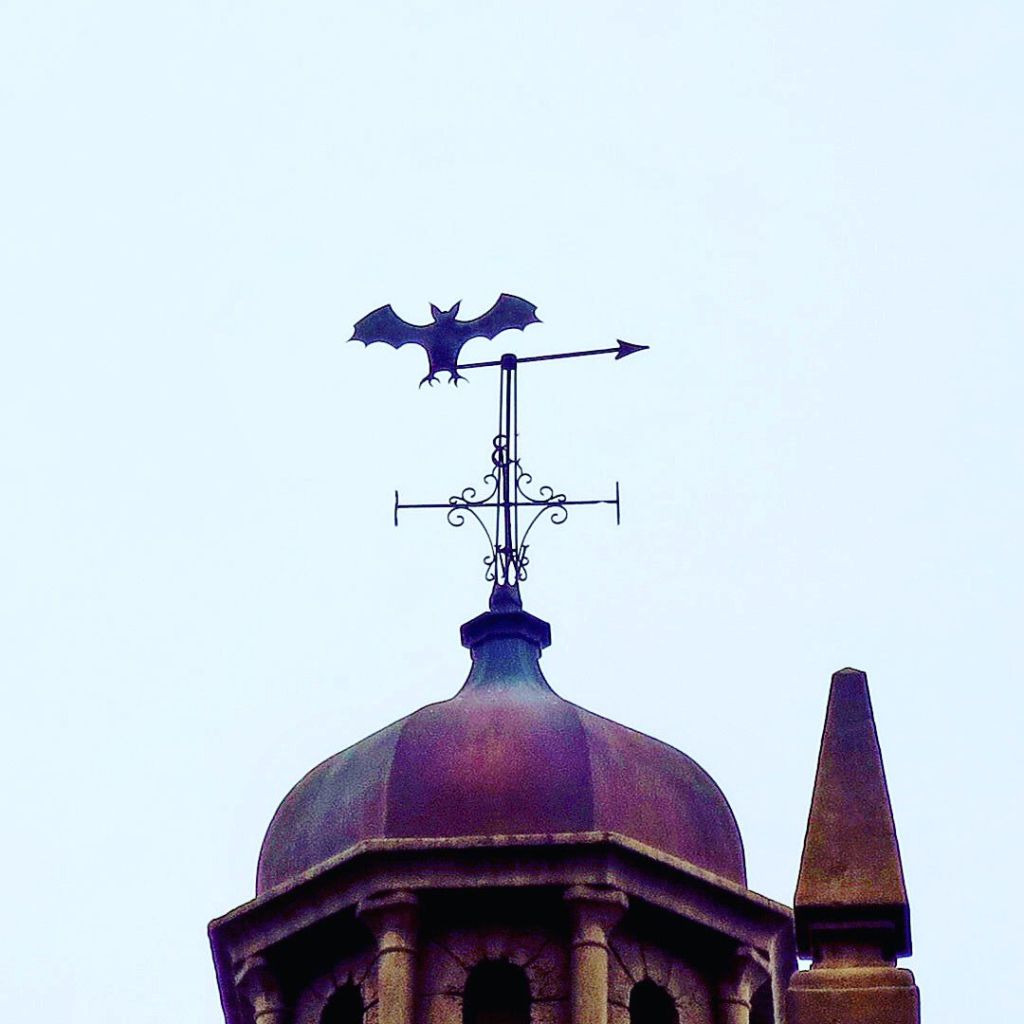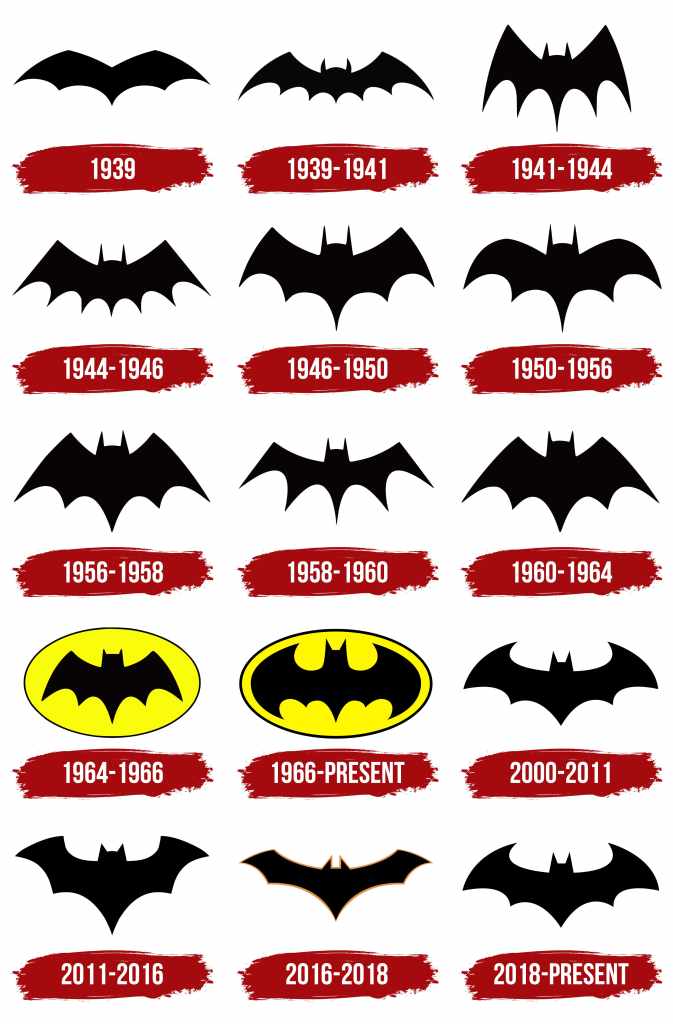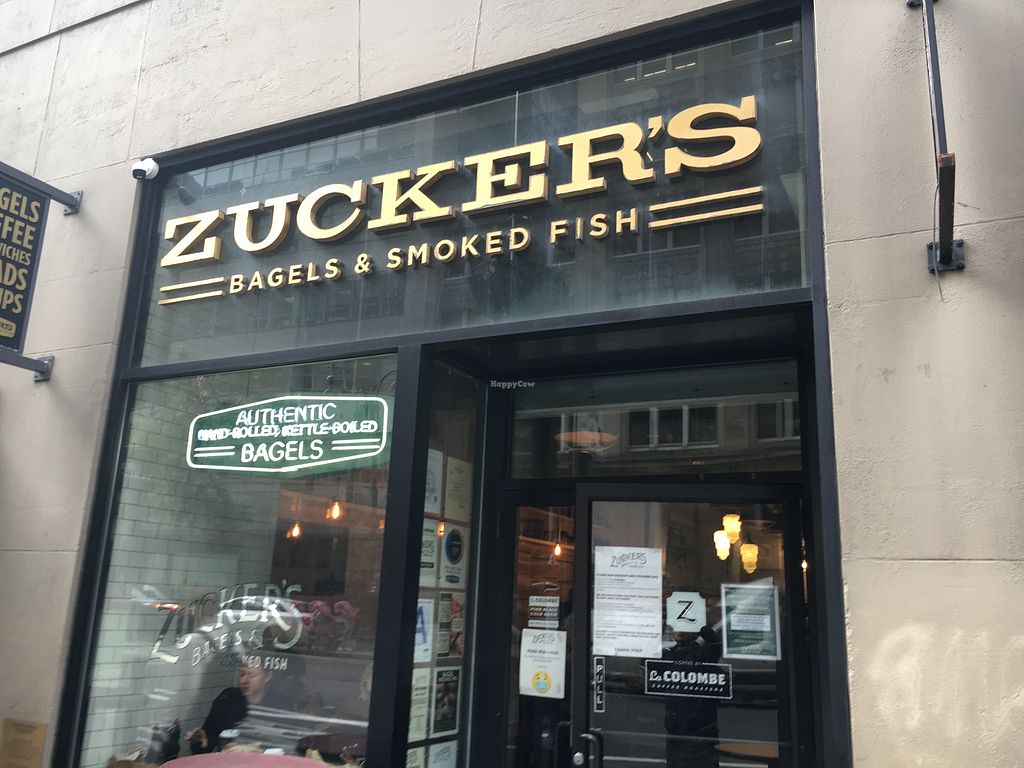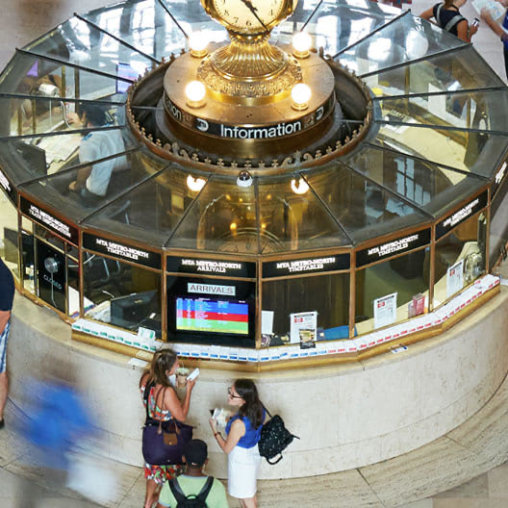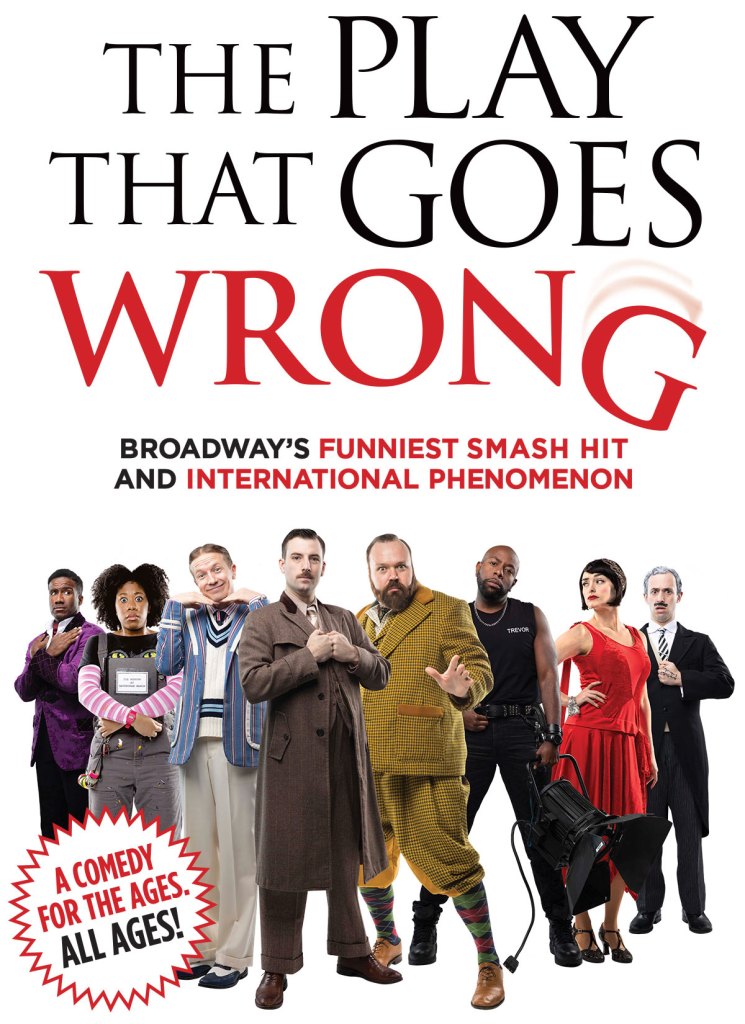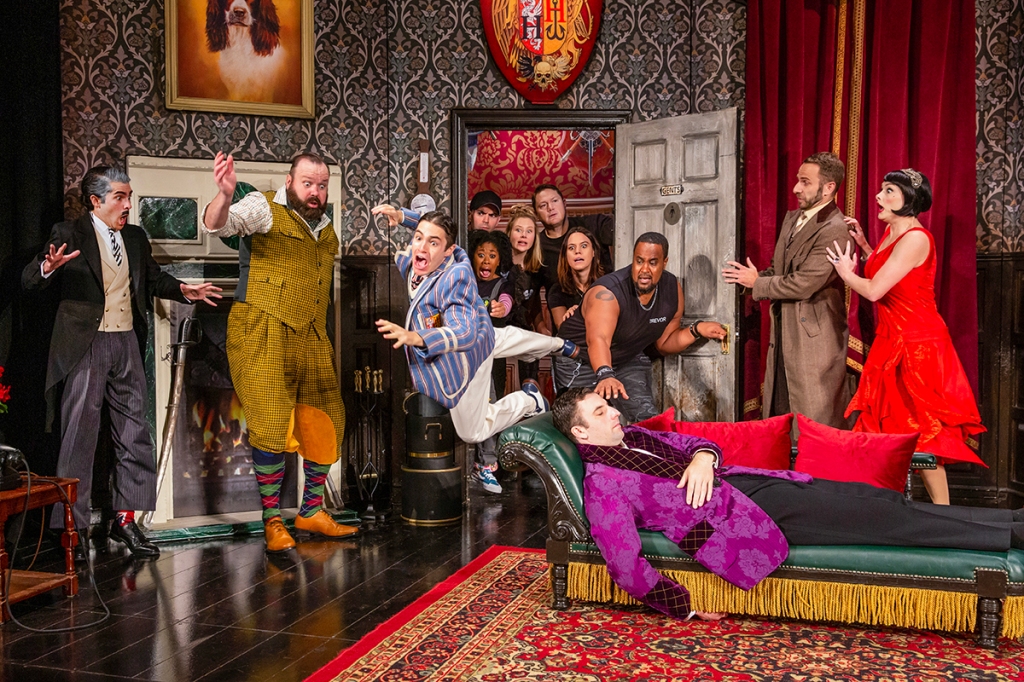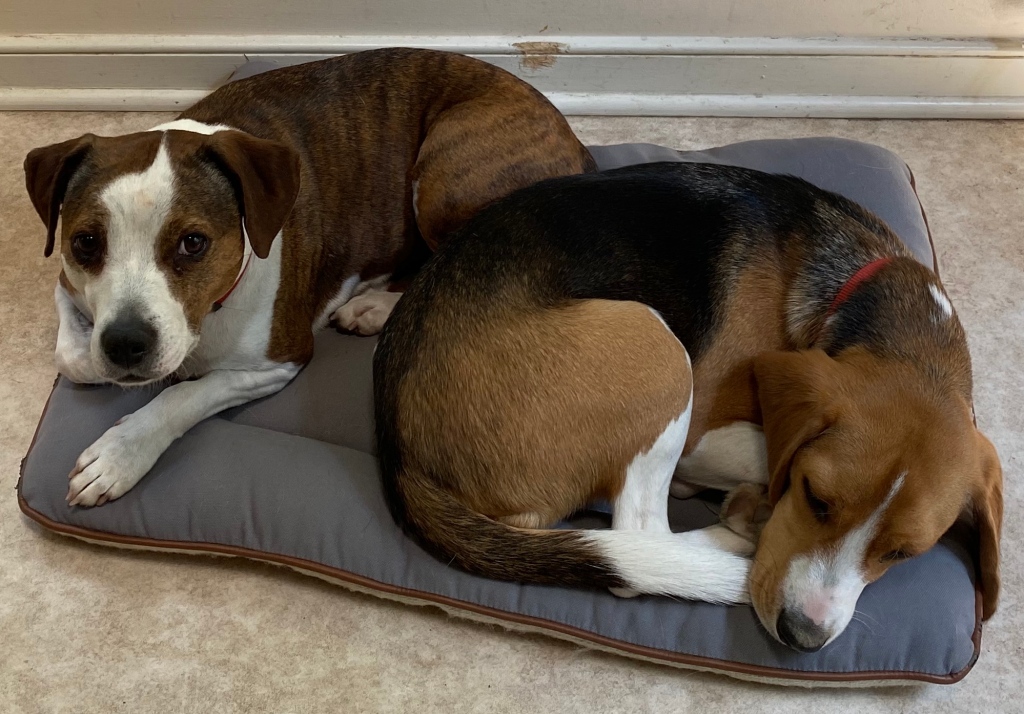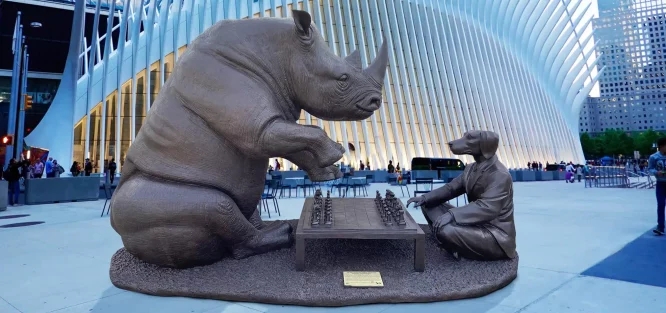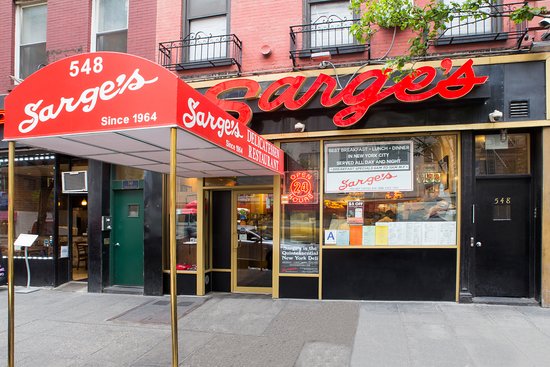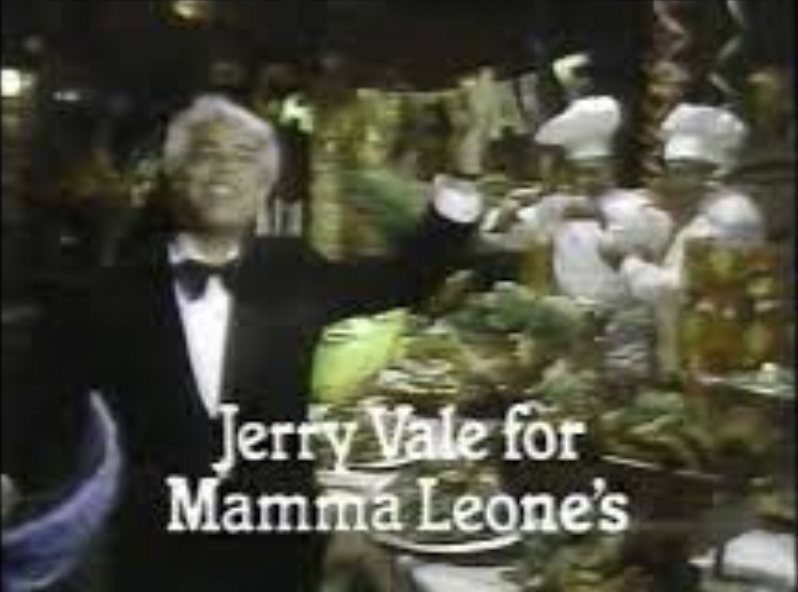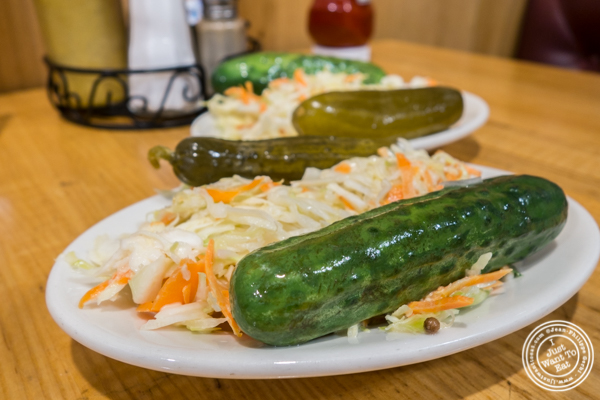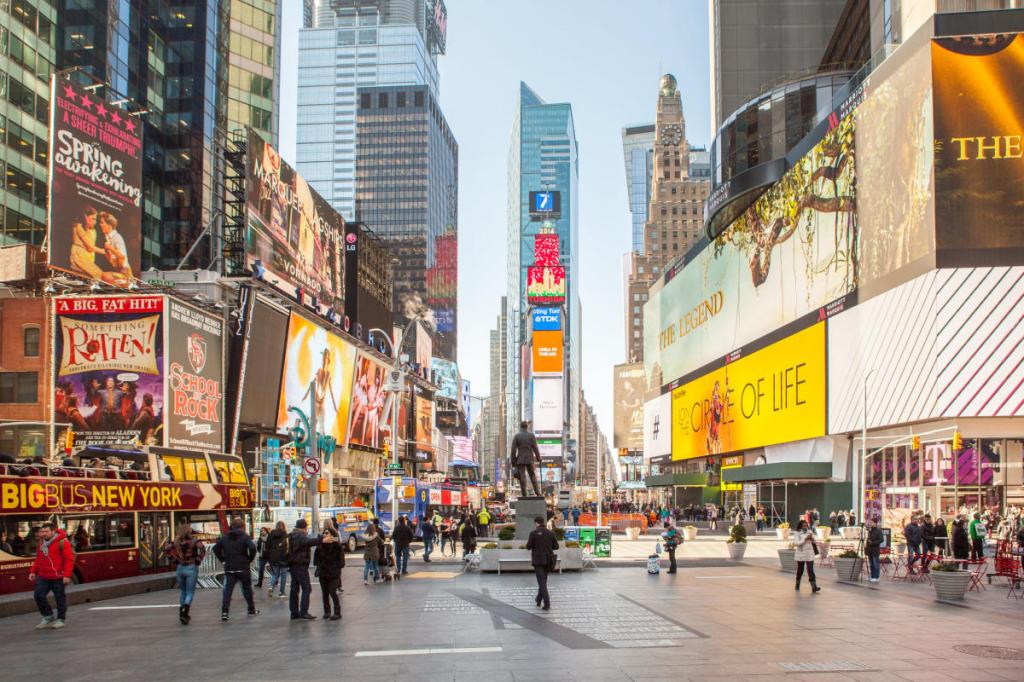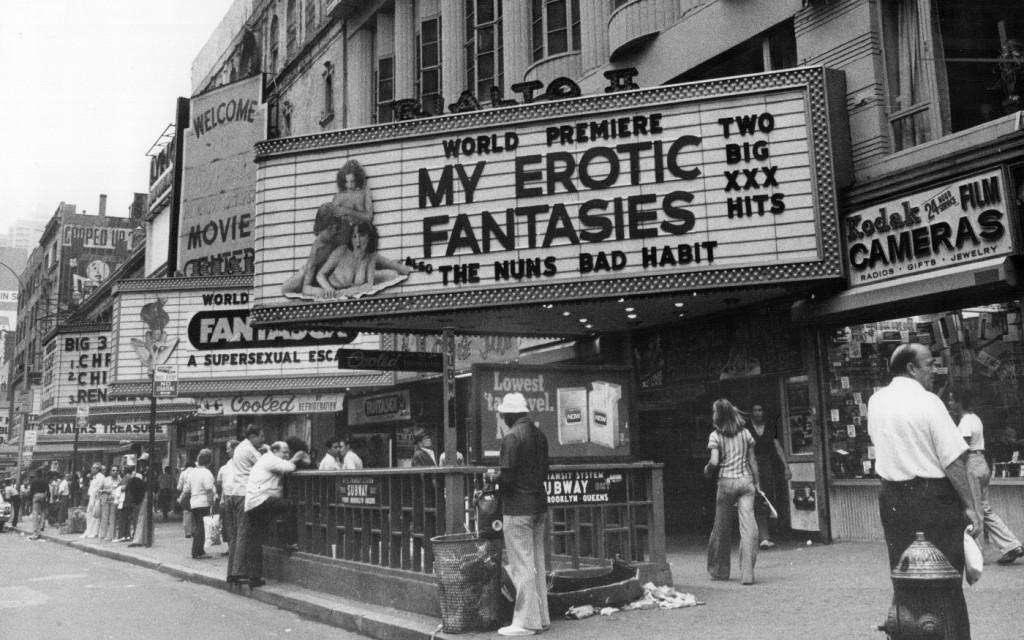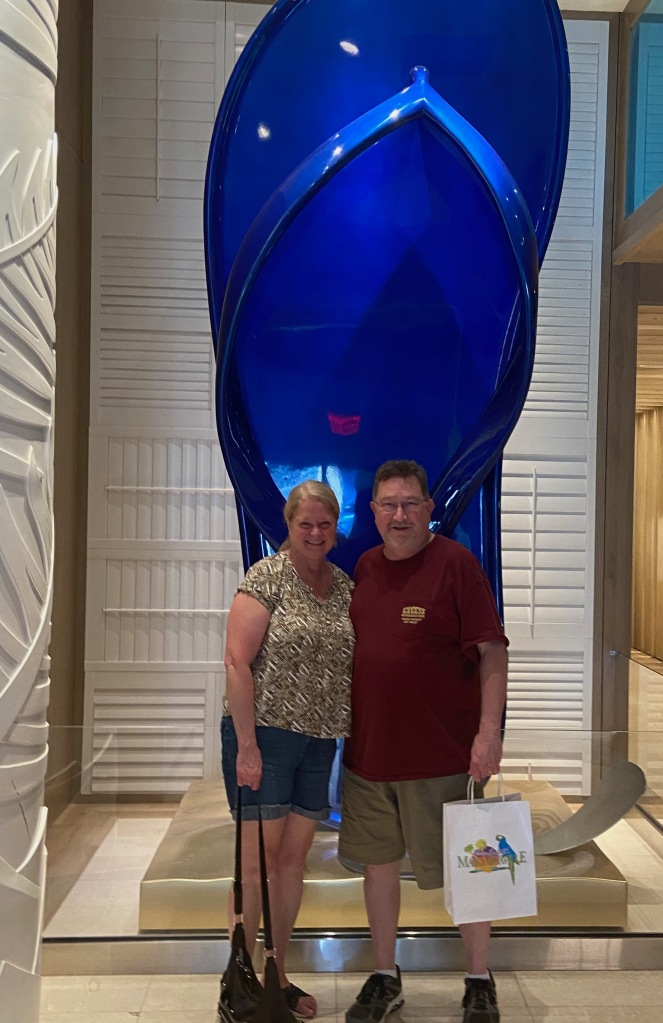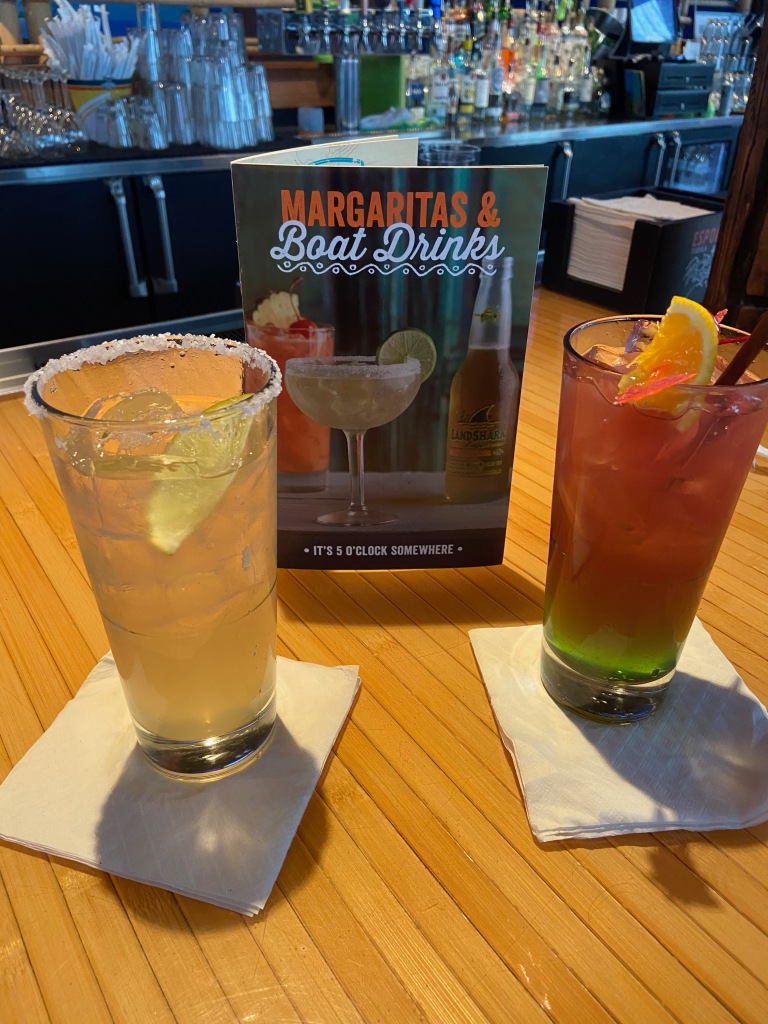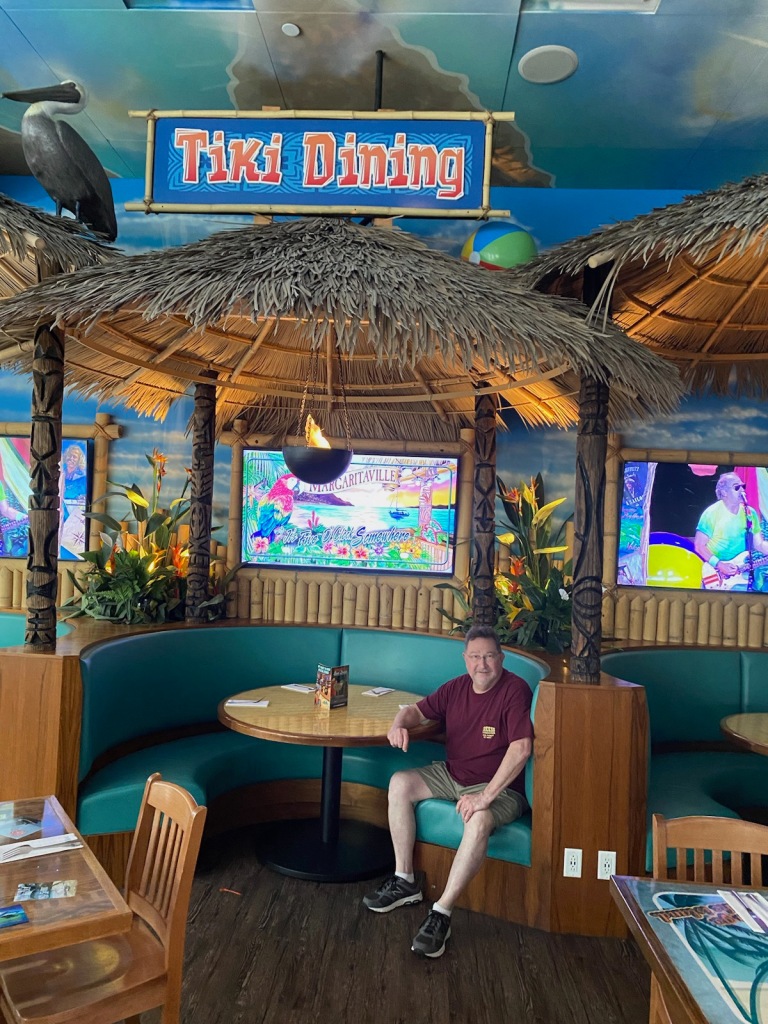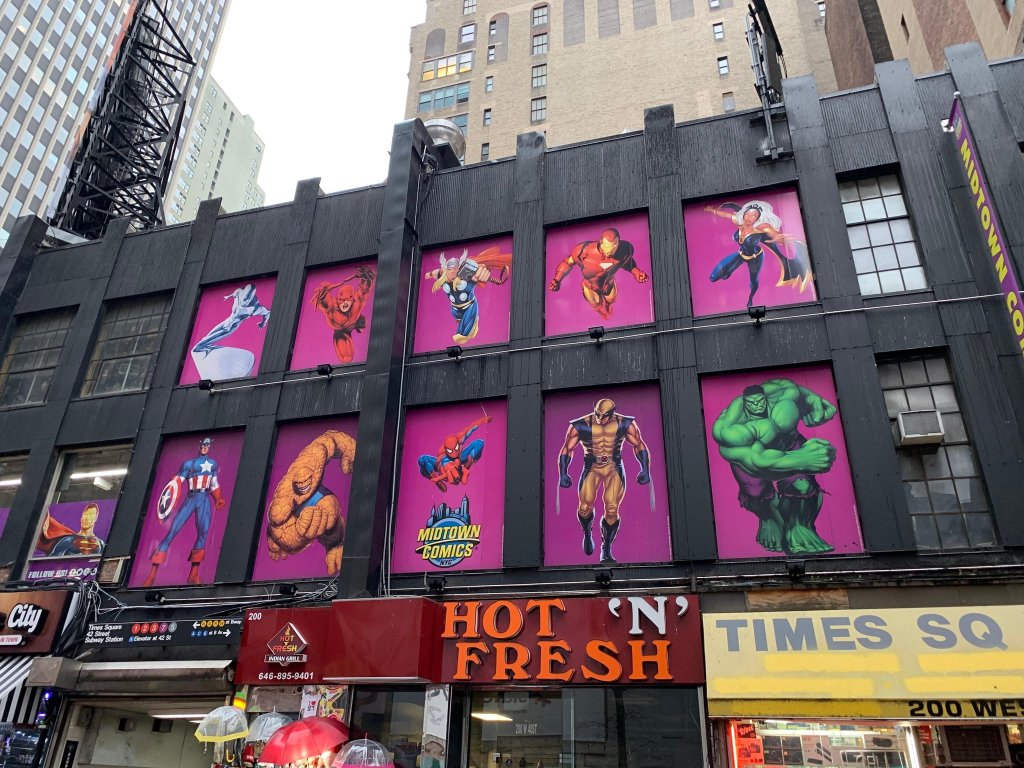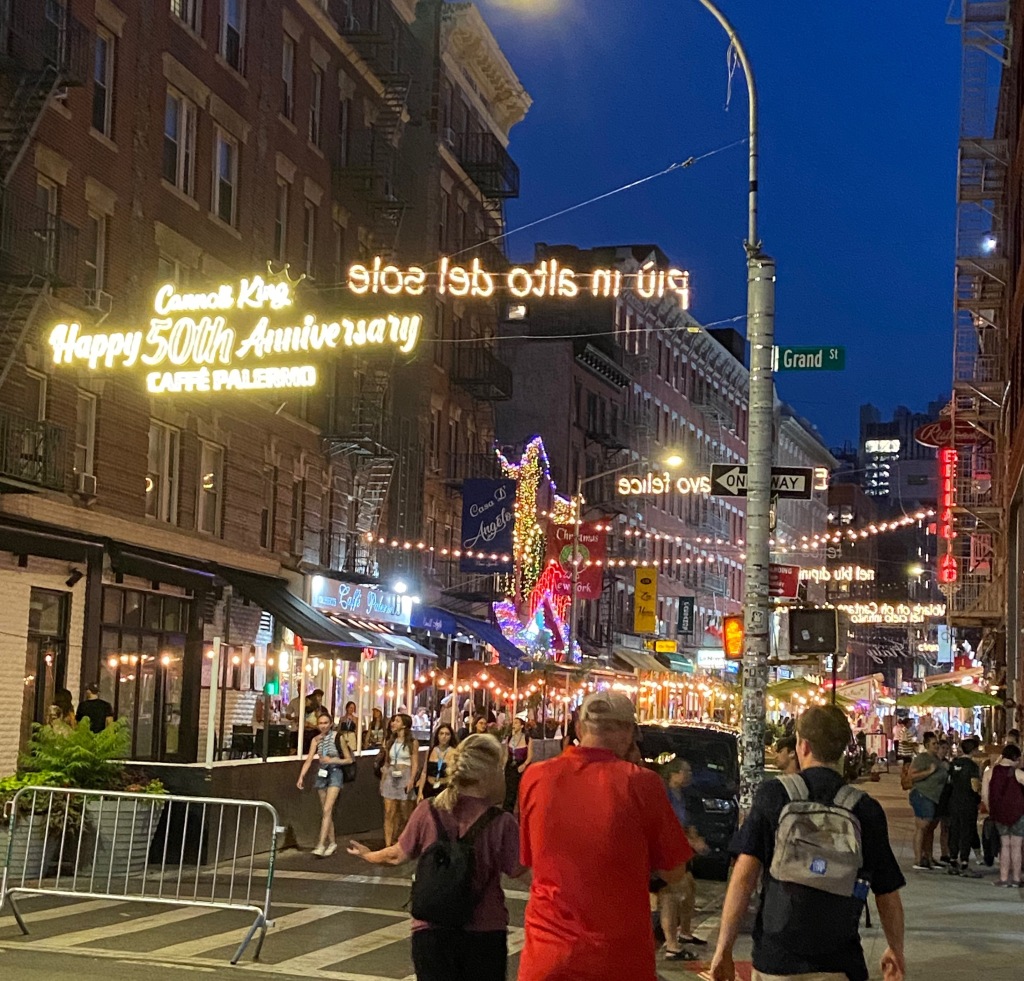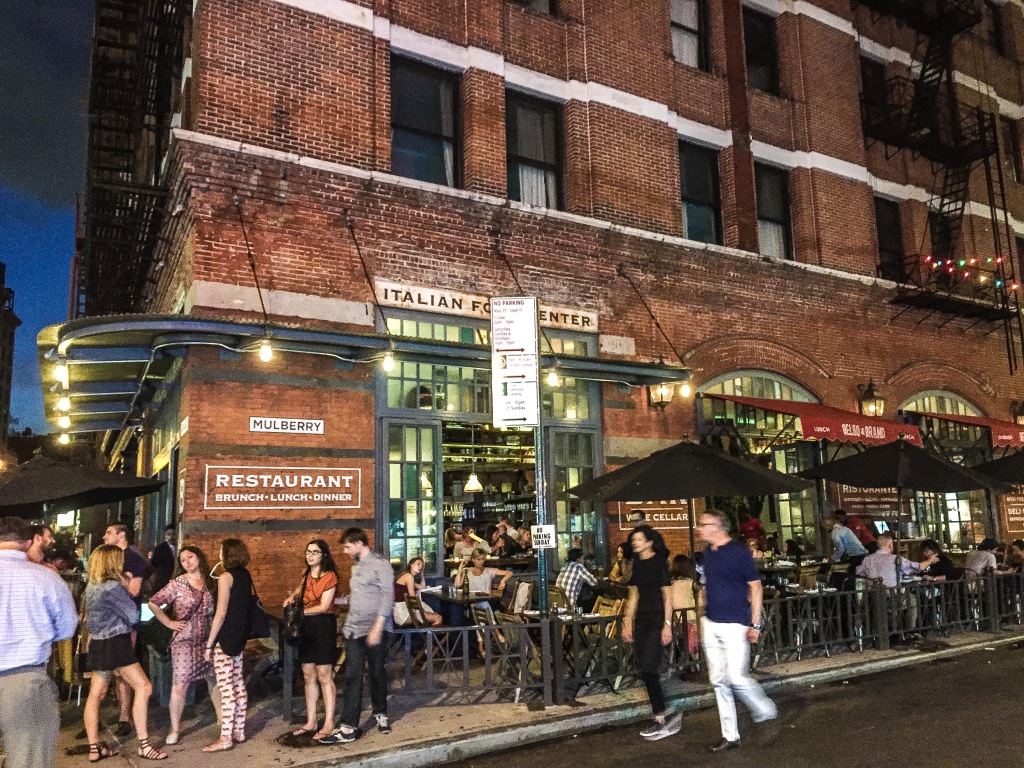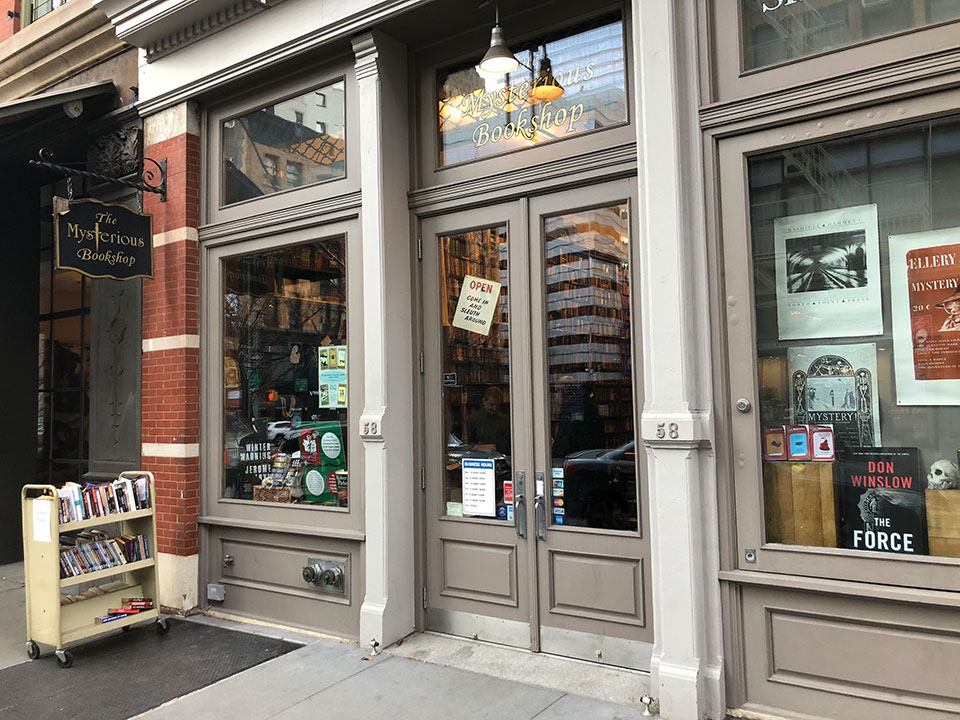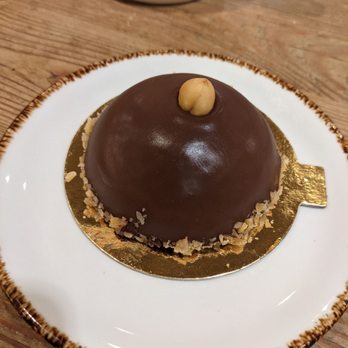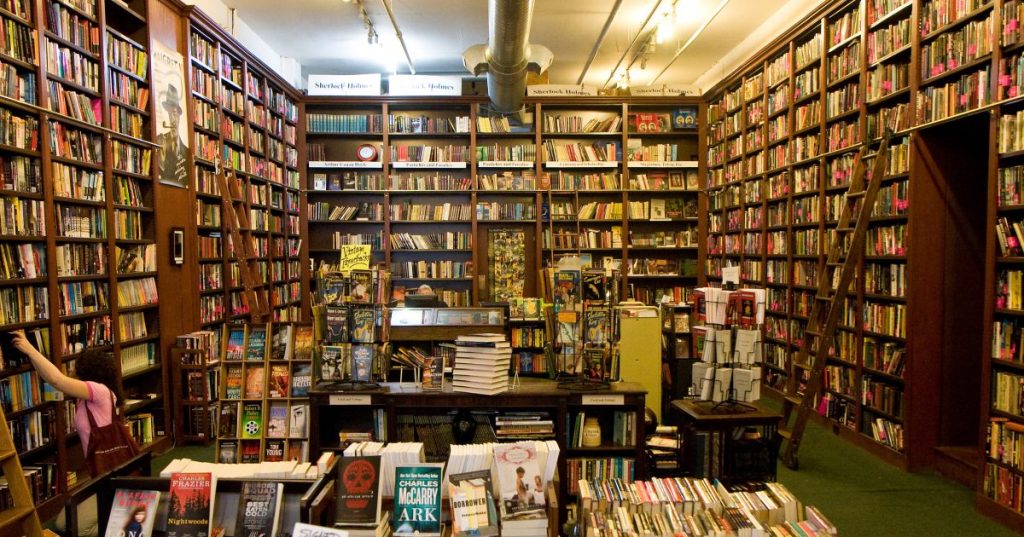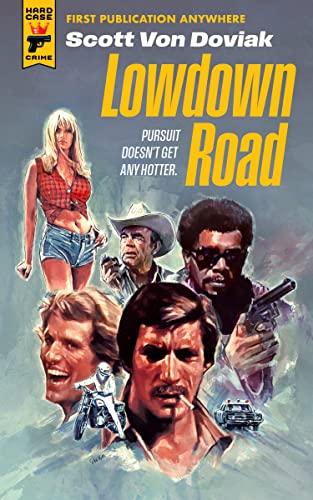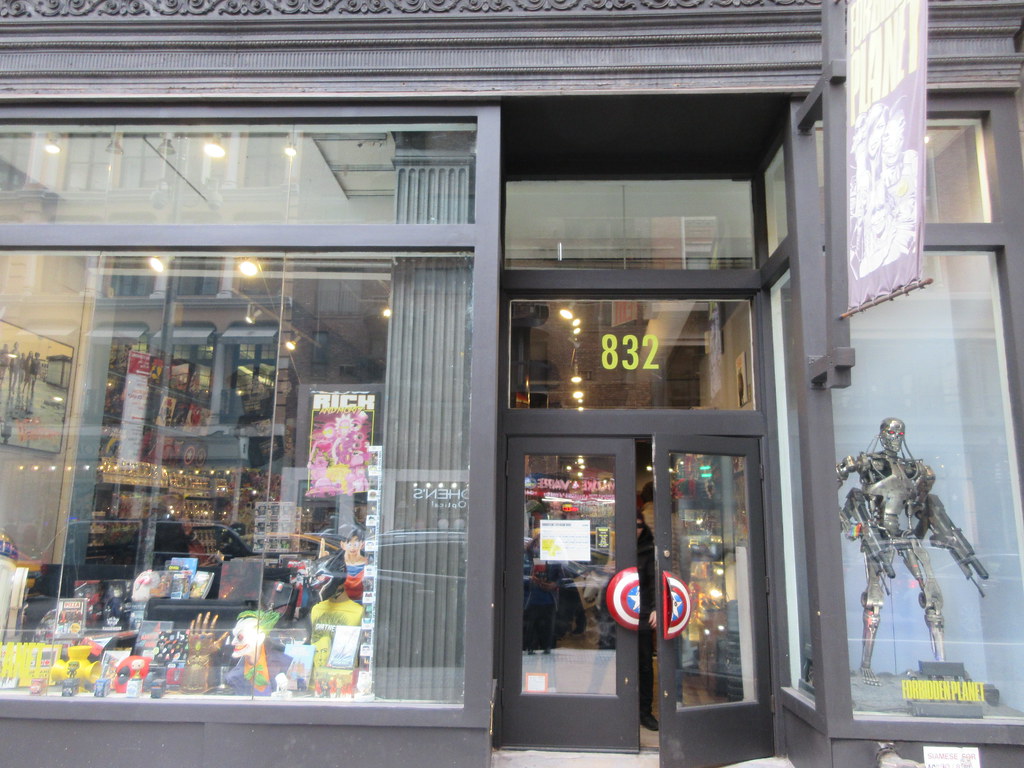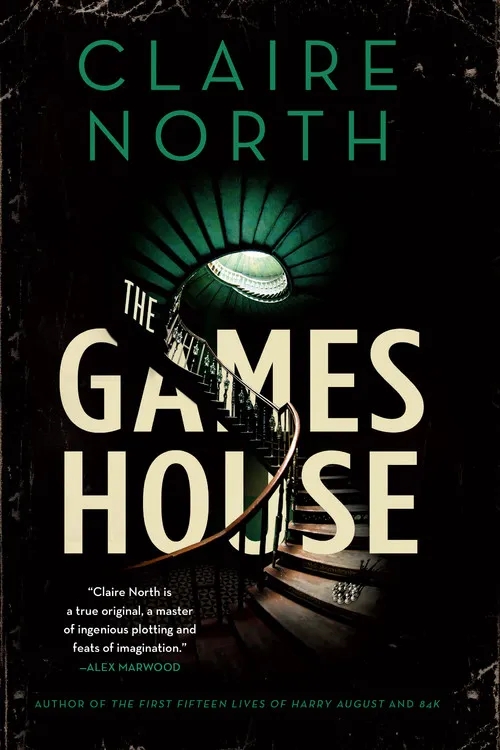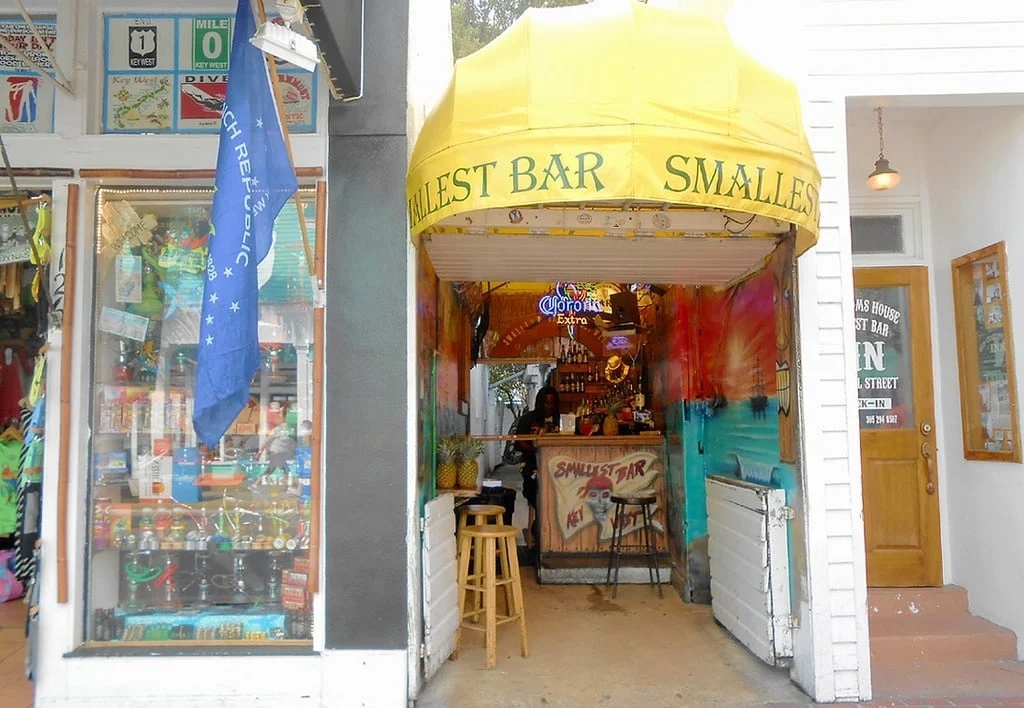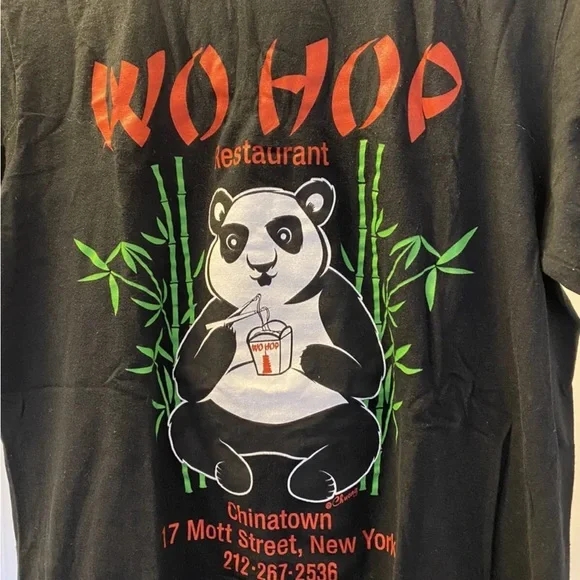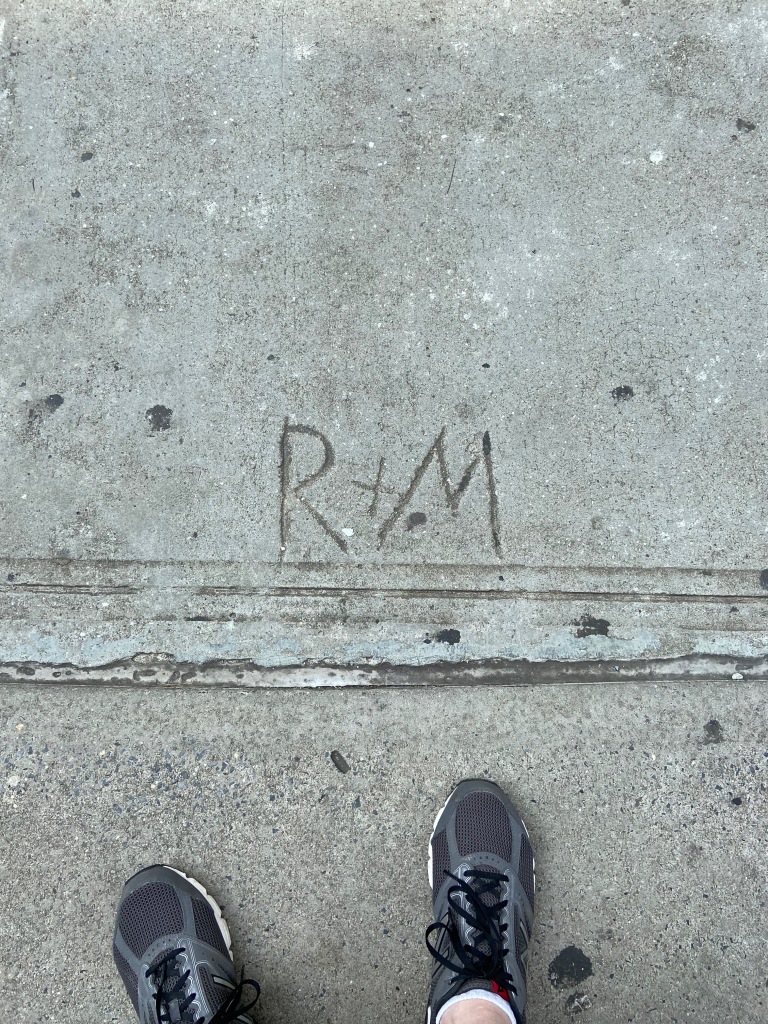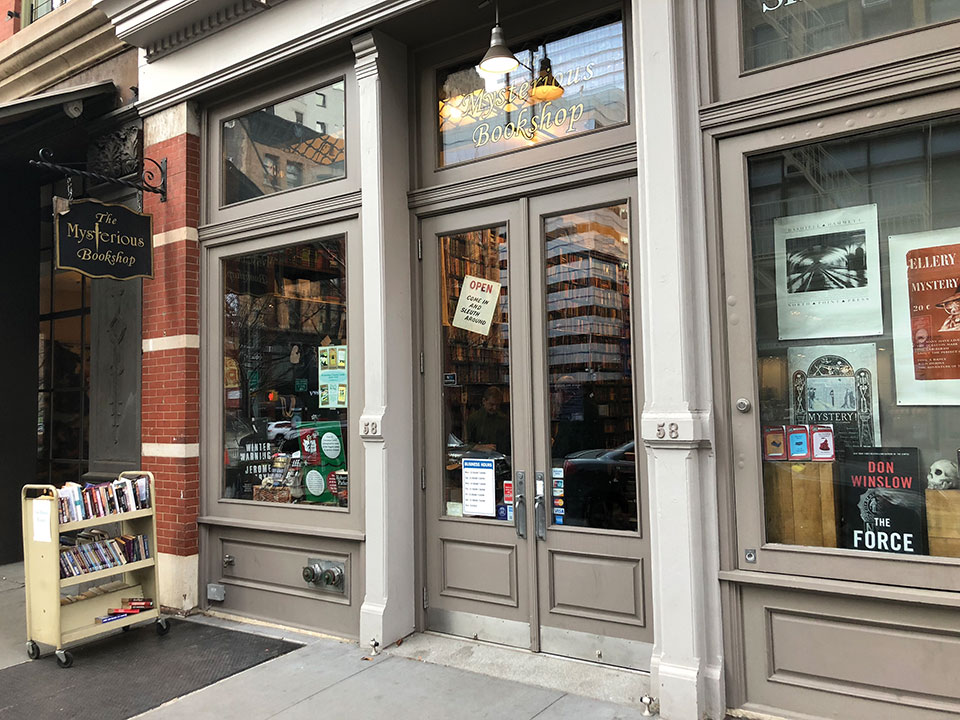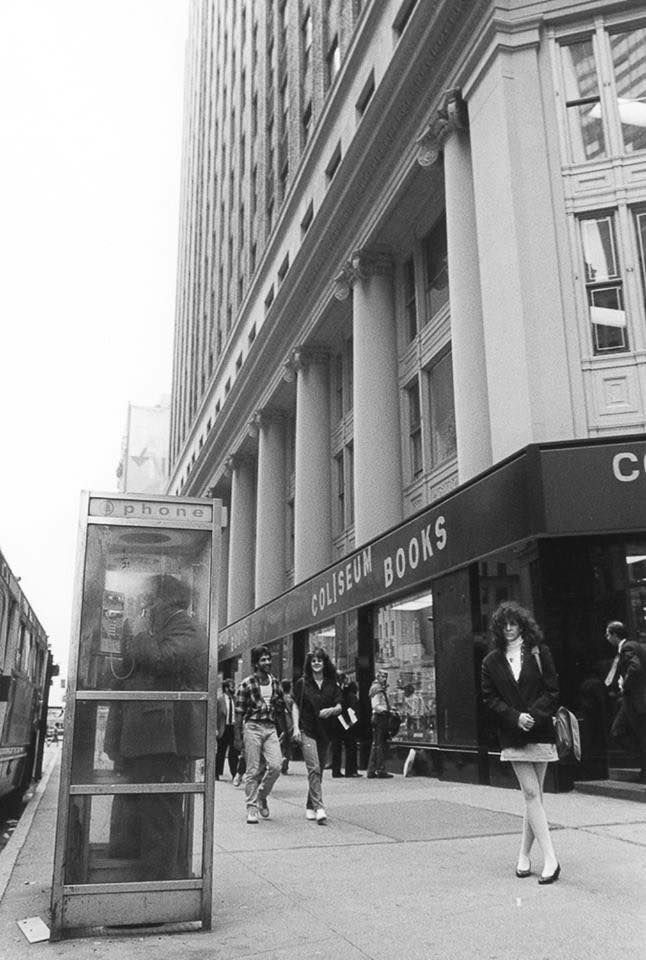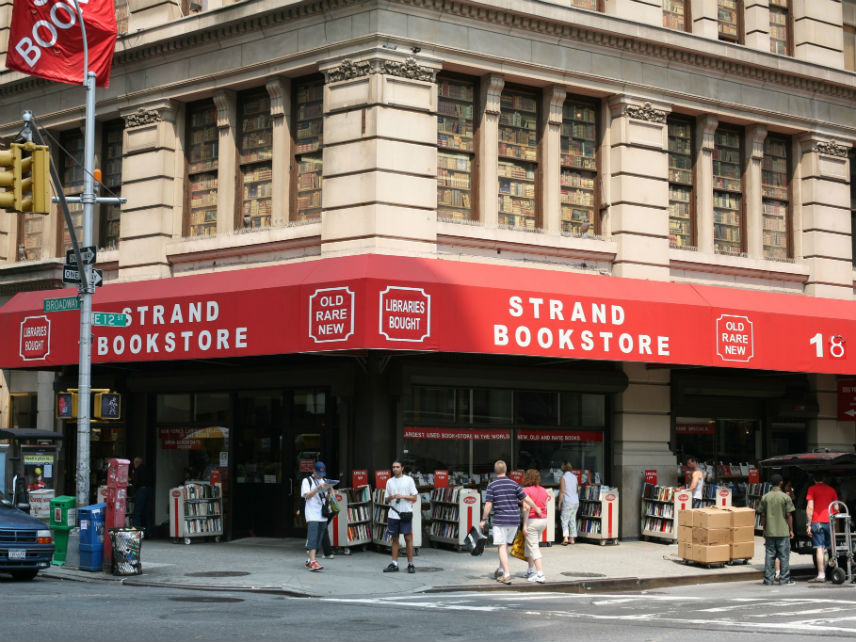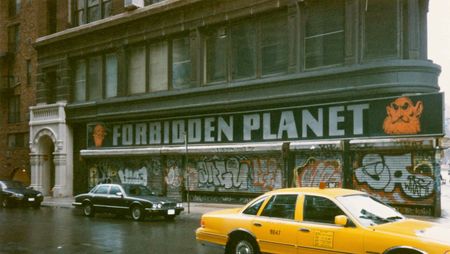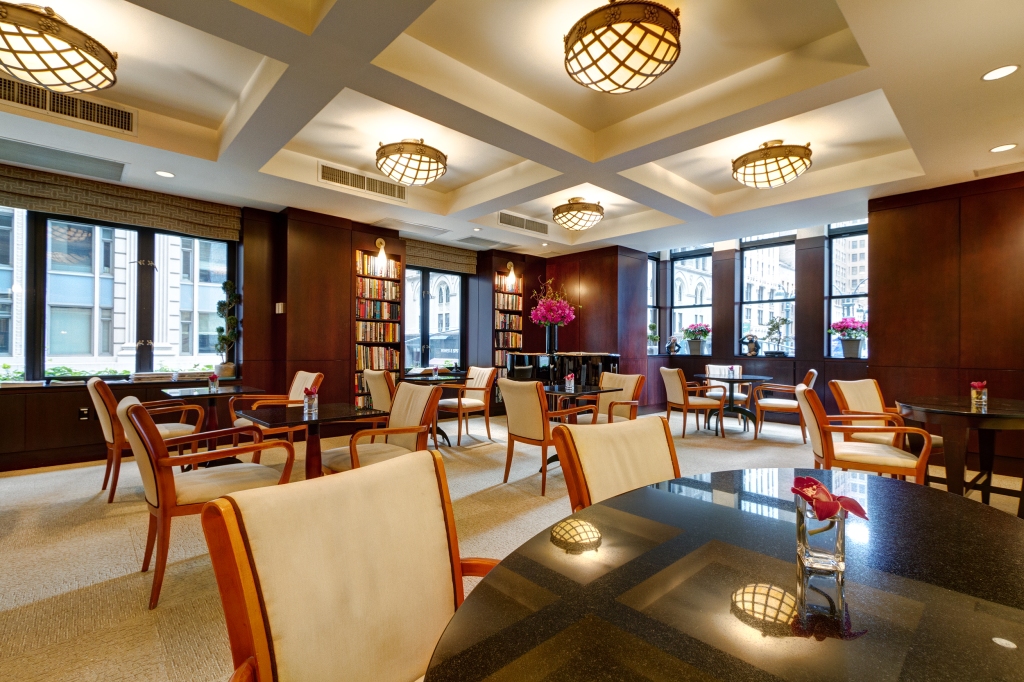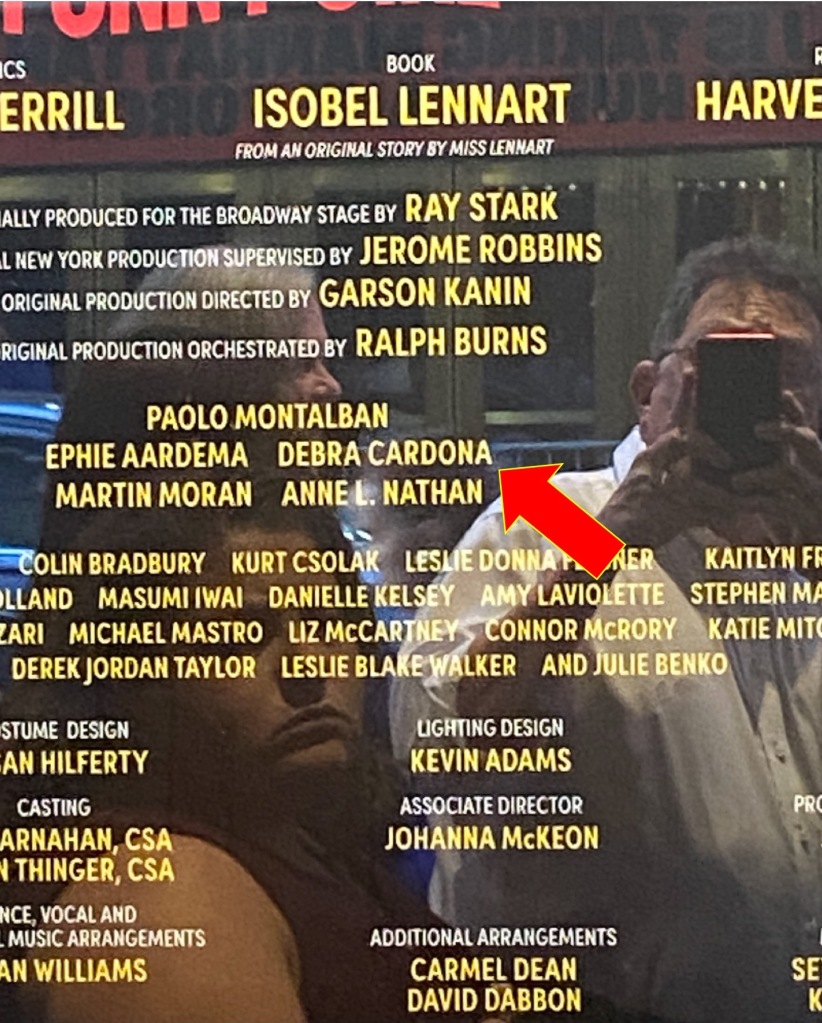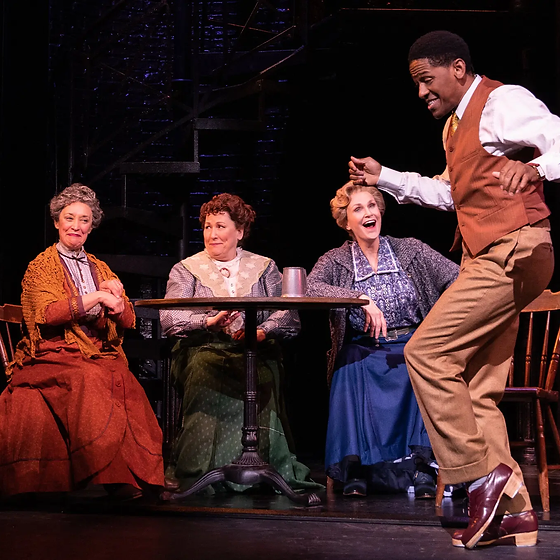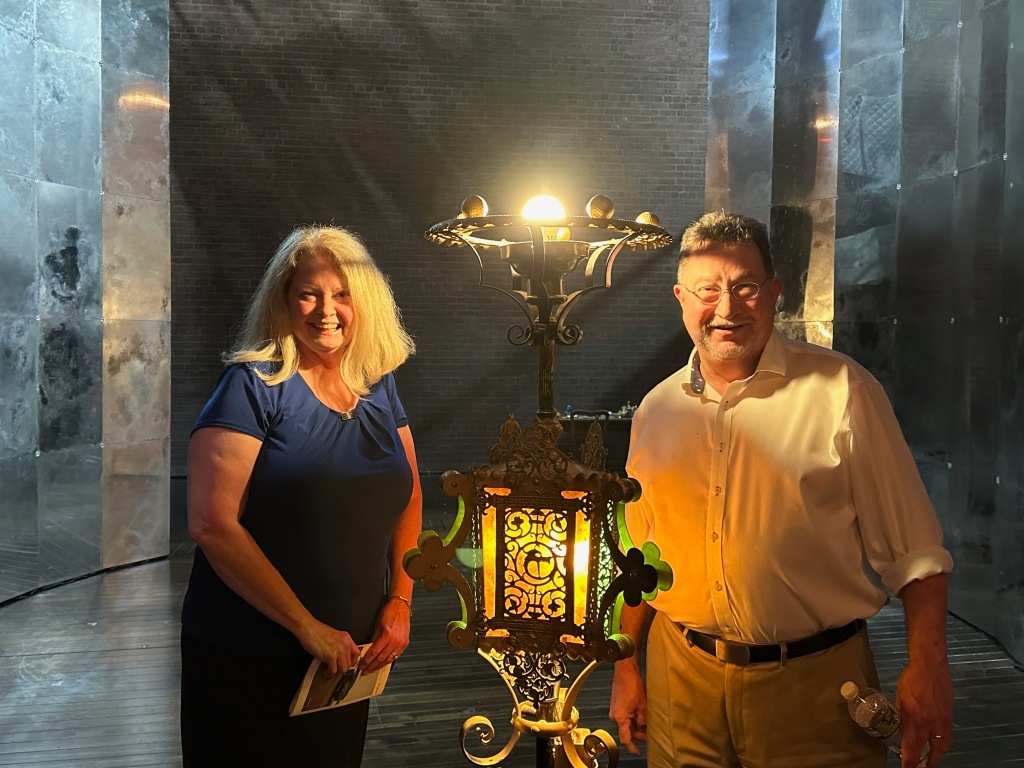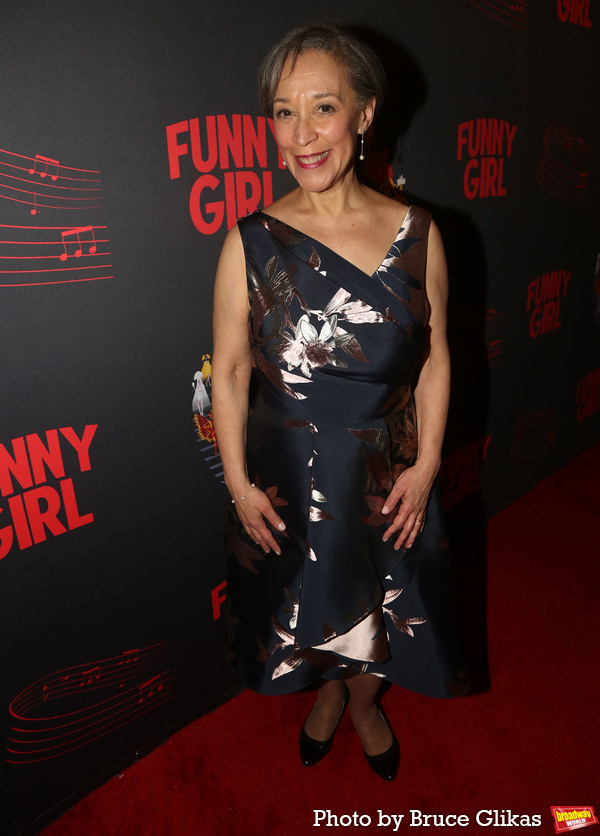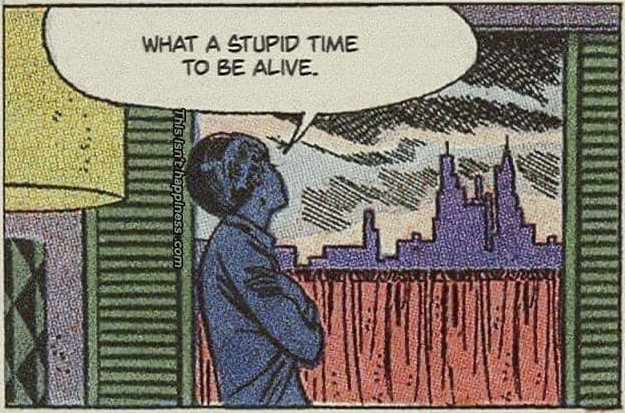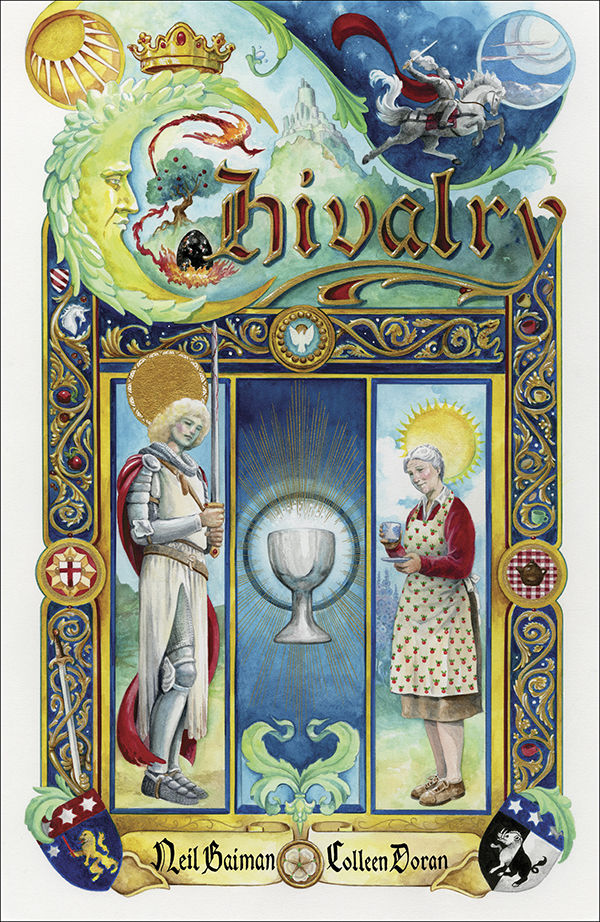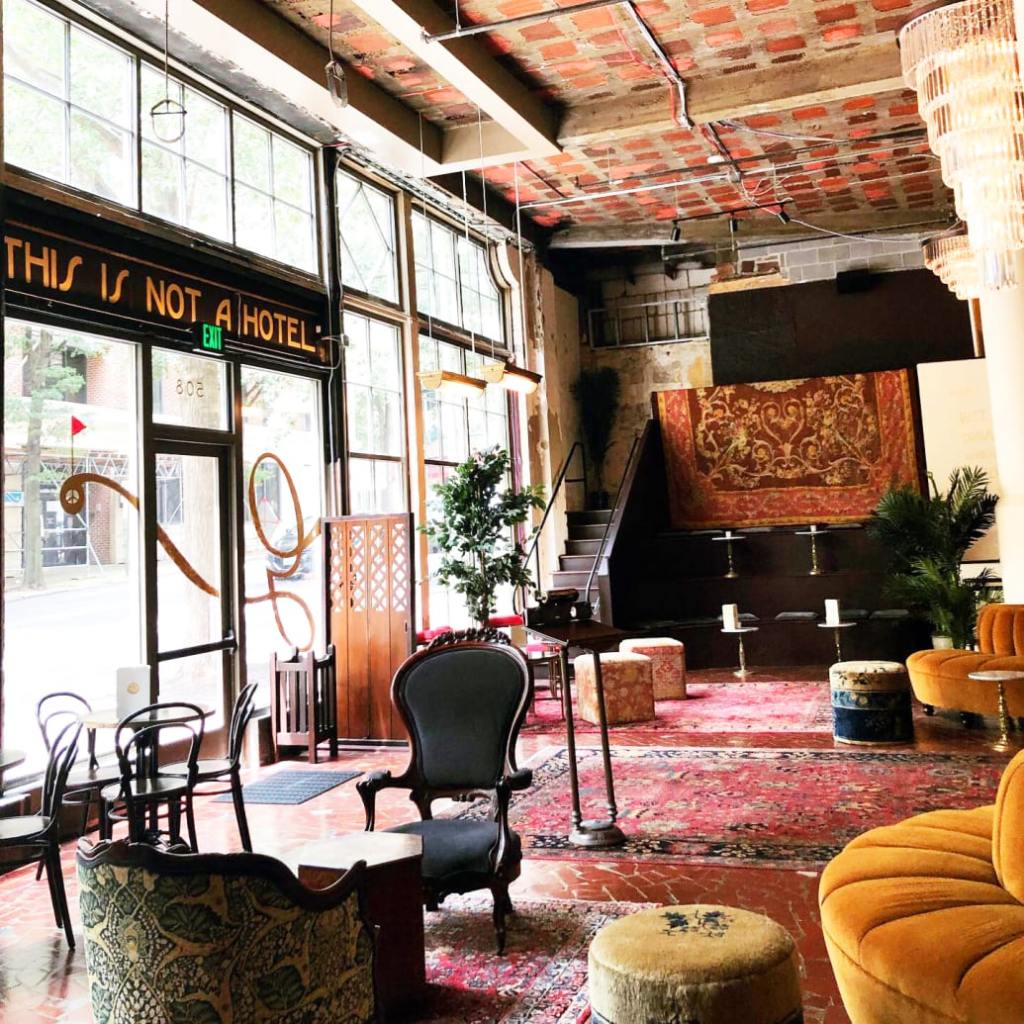PREVIOUSLY, IN MY QUEST FOR ALL THINGS HAUNTED MANSION…
In 1989, my article on the origins of Disney’s Haunted Mansion and how Disney Imagineers created some of its special effects was published in StoryboarD Magazine in two parts. The folks at Disney put me in touch with Xavier Atencio—also known as X—a seminal Disney Imagineer, who wrote the Mansion’s theme song, “Grim Grinning Ghosts,” and who was kind and gracious enough to speak with me from his home in Southern California while I interviewed him by phone from the opposite coast.
I have been told by author Jeff Baham that my article was an inspiration in the writing of The Unauthorized Story of Walt Disney’s Haunted Mansion, now in its second, revised edition; and my article was also referenced in Disney’s official companion to the Haunted Mansion, The Haunted Mansion: Imagineering a Disney Classic, by Jason Surrell (on page 24, if you’re looking). I highly recommend both of these books—they will provide the answers to most of your questions about Disney’s spookiest and most endlessly fascinating attraction, and give you many hours of entertainment. And many thanks to both authors for even looking sideways at my little article back in the day!
But I have had many detailed questions about the Haunted Mansion over the many years between that article and today, that still remain unanswered. My love for the Mansion began when I learned on television, during the closing minutes of an episode of Walt Disney’s Wonderful World of Color in the late ‘60s, that Disney was building Walt Disney World in sunny Florida and the attractions that would populate it; and then I read a heavily-illustrated article (publicity photo above of Imagineer Yale Gracey) about the Mansion in Forrest Ackerman’s classic magazine, Famous Monsters of Filmland. This was when I was first discovering the joys of horror movies and fiction in the wake of Dark Shadows’ enormous influence; and my continued love for all things spooky stem from this era—my 2022 novel, Ghostflowers, was heavily inspired by television’s Dark Shadows and its surprising cultural impact. I never would have suspected, back then, that my favorite show would have an impact on the dreamers who designed parts of both Disneyland and Walt Disney World.
In 1989, I was more interested in the Mansion’s special effects and how they were created. Today, I’m more interested in the inspirations for the Mansion and its gags; because, for some of them, their origins are unknown even today, and have never been acknowledged.
I believe now that most of the Mansion’s ideas were inspired by other sources—many other sources—especially sources in contemporary popular culture that have not truly been linked to the Haunted Mansion before. I’m specifically talking about ideas, images, artifacts, and gags from television, movies, and even comic books, that perhaps the Imagineers saw in the comfort of their homes, sat up, and said, “Hey, we can use that!”
For instance, I came across a wonderful Haunted Mansion website nine years ago that showed me something I’d never seen before: an irrefutable link from the design efforts of the Haunted Mansion in the mid-1960s to the classic EC horror comics of the 1950s.
First, here’s a portrait of the Ghost Host, as painted by animator and Imagineer Marc Davis. This character is also called the Hatchet Man and the Hanged Man, and copies of this portrait hang in both Mansions at Disneyland and Walt Disney World:
Compare that to EC’s Old Witch character, one of EC’s three comic book horror hosts:
I don’t doubt that Davis was 100% inspired enough by EC’s Old Witch that he swiped her image for what was probably a preproduction painting for Disneyland’s mansion.
An aside for those who have never heard of swiping before: A swipe, especially in the fields of comic book art and illustration, is “the intentional copying of a cover, panel, or page from an earlier comic book or graphic novel without crediting the original artist.” Source: https://en.wikipedia.org/wiki/Swipe_(comics). Fine artists and illustrators also occasionally swipe from other paintings, such as the late Frank Frazetta (https://www.frazettagirls.com/blogs/news/frank-frazetta-reference-and-the-statement). It happens, and it’s fairly common, especially on comic book covers and in splash pages. And it’s no big deal. Artists accept it, and are usually flattered by it.
And the swiping artists rarely—if ever—admit to the swipe, leaving it up to us to figure out the source.
So it shouldn’t be a surprise that Disney artists occasionally swiped ideas and concepts from other media and art. It also shouldn’t be a surprise that Imagineers were well aware of EC Comics and the furor that had erupted over them a decade prior. As such, this 1954 EC comic book cover was probably the inspiration for an important gag high up in the Mansion’s Stretching Room:
Absolutely! That MUST have inspired at least one Imagineer to create the hanging corpse in the Mansion’s Stretching Room! There are even portraits on each side of the body, suggesting the strategic placement of the Stretching Room’s portraits; and the shadows from the cupola above suggest that the body is hanging from a long, high tower beam far overhead.
I knew from past Disney publications that Imagineers had a well-stocked library of reference materials they used for drawing and for attraction design. A photo I distinctly remember is a photo of their library and their National Geographic collection. So it’s been clear to me for decades that Imagineering has a ton of research materials at hand—and they are prepared to use them.
So I saw that cover from Vault of Horror and that got me to thinking. It’s never good when I start thinking. It means I’ll probably do something. So I did. I immediately went to my bookcase and pulled out my copy of Tales From The Crypt: The Official Archives Including the Complete History of EC Comics and the Hit Television Series by the late and notable writer Digby Diehl, and I started looking for any more possible influences the Imagineers may have borrowed from EC Comics’ output—and I quickly discovered these 1950s cover images that are so similar to concepts in the Haunted Mansion that I’m convinced the covers were intentionally swiped:
Was one of these covers—or were both?—the inspiration for the Conservatory scene of a victim—or, preferably, an undead corpse—trying to escape his coffin with cries of “Lemme out of here!” Personally, I think the designer of this scene took the hands from Haunt of Fear #6 (March 1951) and combined them with the funereal trappings—and its eerie evocation of dread—of Haunt of Fear #15 (September 1952), and came up with a palatable Disneyfied version. (Incidentally, the voice of the corpse in the coffin is that of writer and former interviewee of mine, X Atencio.)
The covers of EC Comics had several renditions of cemetery caretakers holding lanterns aloft, but this particular cover image from Vault of Horror #38 (August 1954) is strikingly similar to the caretaker outside the Mansion’s graveyard, from his cap to the dark brown color of his jacket. And he’s surrounded by the dead, just like in Disney’s graveyard!
I have no doubt this cover was a direct influence on the Mansion’s designers, as, I believe, was this cover from Haunt of Fear #17 (1950):
Here we have three small, dungeon rooms or alcoves, where EC’s three horror hosts stare at you, the reader, from open doorways. The artwork invites interaction: we’re looking at them, and they’re looking at us; the Crypt Keeper, himself, appears to be stepping towards us.
If you observe the layout of the three Hosts’ dungeon, it’s an L; which, not coincidentally, is also the general shape of the Doombuggy track and the room of mirrors where the three Hitchhiking Ghosts interact with visitors. Each EC horror host has their own alcove; each hitchhiking ghost starts in its own individual mirror. (In the chart of the Disneyland Mansion above, the L begins at the top entrance to the GHOST EFFECT ROOM, and the mirrors are basically located to the left of the G, E and R on the chart.)
Disney’s Imagineers modified EC’s layout so that the mirrors dominated one wall and created one continuous special effect; but the similarities to the EC cover, including the dungeon-like stone walls and flickering flame effects (Disney has torches; the cover has a flaming cauldron) are eerily identical. The original EC art invites interaction with the reader, so it should be no surprise that this room in the Haunted Mansion offers visitors the most interaction with its happy haunts.
The Long Forgotten website has a trove of artwork showing the evolution of the Mansion’s Séance Room, from the invention and first drawings of a medium, Madame Z, to the invention of Madame Leota inside the crystal ball.
I had the idea for this blogpost many years ago, and in the intervening years have posted some of this information on my blog in one form or another. Since then, I determined that online research alone wasn’t going to get me my answers. My original source, X Atencio, is no longer with us, so when I had my first unanswered questions about EC Comics and their influence on Disney’s Imagineers in 2020, I turned to an expert online source who actively invited questions.
I sent an email to visionary Imagineer and Haunted Mansion pioneer Rolly Crump (who sadly passed away only five months ago, in March).
His wife, Marie, responded a few days later, and said Rolly would love to answer my questions.
Hi Marie and Rolly!
I’m always furthering my knowledge of the Haunted Mansion and how the Imagineers created it. About ten years ago I was looking through a book on EC Comics, the horror comics from the mid-’50s, and I found some covers that look to me that they influenced the Imagineers who designed the attraction. I posted the covers (and the corresponding Mansion photos) on my blog at that time, and the links are below:
https://ruswornom.wordpress.com/2014/12/30/and-speaking-of-the-haunted-mansion/
https://ruswornom.wordpress.com/2015/01/06/the-haunted-mansion-with-love/
https://ruswornom.wordpress.com/2015/02/16/another-influence-for-disneys-haunted-mansion/
My questions are: Who brought in the comics? What does Rolly remember about the influences these images had on the individual Imagineers, such as Ken Anderson and Marc Davis…and Rolly, of course! And…did I miss any images or gags that you fellas devised that were also based on horror comics?
Thank you for letting me write, and my best to you both.
Take care,
Rus Wornom
Rolly was generous enough to write back, and he responded through Marie, who very kindly typed up his reminiscences:
It’s quite possible that Ken and Mark (sic.) may have been influenced by the horror comics of the 50’s but he has no specific knowledge of that. At the time, everyone was working on ideas and concepts on an individual basis and it’s difficult to know who was influenced by what. Rolly was working with Yale Gracey on illusions. Rolly believes the idea for the head in the ball that Yale designed grew out of the talking mirror in Snow White. They never discussed or referenced the comics.
So even though Rolly couldn’t provide me with conclusive proof, he did suggest that Ken Anderson and Marc Davis would have been the ones with an interest in comic books. I think we’ve already proved that Marc Davis was familiar with EC Comics and their Old Witch character; but did Ken Anderson base any of his concepts on EC artwork?
The idea of the séance—of communicating with the dead via spirit board or psychic medium or crystal ball—has been a staple in popular culture since the Victorian era. EC Comics was not the first producer of imagery with a ghost at a séance, but I suggest that this cover from June, 1952 was the primary inspiration to Ken Anderson for putting the head of a female ghost inside a crystal ball. He produced this very preliminary sketch for the séance scene which has certain similarities to the comic book cover’s female ghost with its dangling hair, and replete with chairs and table.
Yes, Snow White’s mirror may have influenced Imagineers to have the crystal ball speak, but I also believe that this EC cover by artist Johnny Craig was the primary imagistic source for Madame Leota speaking from inside the crystal ball; and I’m also sure that Anderson and the Imagineers were influenced by the séance scene from 1944’s superb haunted house film, The Uninvited, and also by the 1940s series of Inner Sanctum movies, all of which began with . . . a talking head inside a crystal ball—literally, a ghost host.
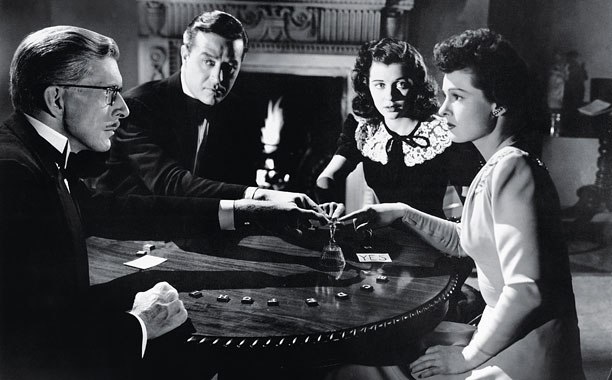
The Long Forgotten website here also suggests that the staircase in The Uninvited was a huge influence on the interior design of the Haunted Mansion, and suggests that 1958’s Thirteen Ghosts and 1961’s The Innocents were also influential in different artistic aspects. The influence of 1963’s The Haunting is direct and undeniable: I don’t think the Mansion would have its bulging doors or even the Corridor of Doors if it hadn’t been for Robert Wise’s adaptation of Shirley Jackson’s The Haunting of Hill House and this impossible visual:
So, I have no doubt that Disney’s Imagineers borrowed or swiped concepts from any source they could find when designing the uncountable and innumerable sights and gags for the Haunted Mansion, both inside and out. And they did it wonderfully!
THE POWER AND IMPACT OF 1966 (or thereabouts)
So here it is, August, 2023, and a few days ago I responded to a post in a Haunted Mansion Facebook Group that intrigued me. One of the other group members posted his opinion about the exterior design for Florida’s Mansion—it was an influence I had forgotten about completely—and I asked for his source.
The Imagineering Library in the 1960s contained a pictorial source for the inspiration of Disneyland’s Haunted Mansion, a book entitled Decorative Art of Victoria’s Era by Frances Lichten. Inside was a photo of the Shipley-Lydecker Mansion in Baltimore, which was a direct influence on the design of the California Mansion. The book also provided an illustration of Kenwood, a house by Joel Rathbone, which the Long Forgotten website—and the original poster in the Haunted Mansion Facebook group—strongly suggests is the true inspiration for the exterior design of Florida’s (and Tokyo’s) Haunted Mansion.
This just raised many, many more questions for me, because while I admit there are certain elements of Kenwood that appear similar to Florida’s Mansion, I did not see at all how Kenwood could have inspired the entirety of the exterior. It was just too dissimilar. So, a few days ago I decided to do a little research about the exterior and see what I could dig up. As usual, I get a little rabid when I get a bug up my ass like this . . . hence this post.
Here’s the real thing that really got to me: The origin of the exterior appearance of Anaheim’s Mansion is extremely well-documented—so well-documented that we know the name of the house and its actual location in Maryland. There are many, many pictures of the house. The same cannot be said for the exterior of Florida’s Mansion. The company line has always been, and I paraphrase, that Florida’s Mansion was based on mansions along the Hudson River Valley. Jason Surrell blurs facts even further in Disney’s official Haunted Mansion history:
“Liberty Square, like the concept of Liberty Street before it, would re-create life in the original thirteen colonies. This geographical shift led Imagineers to New York’s lower Hudson River Valley, the ancestral home of Sleepy Hollow and the Headless Horseman, and they were inspired by the region’s stately old manor houses, in which English, Dutch, and German settlers would gather by the fireside and spin tales of the supernatural such as those by Washington Irving. Just as the Disneyland Mansion owed a debt to the Shipley-Lydecker House in Baltimore, the Walt Disney World version likely drew some of its inspiration from the very same catalog of Victorian-era design. It has also been claimed that Imaginers visited the Harry Packer Mansion, a Gothic manse built in 1874 in Jim Thorpe, Pennsylvania.
So the Haunted Mansion was transformed from an antebellum, Southern mansion into a Dutch-Gothic style manor house to fit in with its new Colonial surroundings.”
As a lifelong Disney fan, I always accepted the corporate line—but I also wanted them to be more specific. I understood that they picked elements here and there from different homes—but why didn’t they ever show us the homes or mansions that influenced the Florida Mansion’s exterior’s appearance? They never even provided a single name, except for “suggesting” that Imagineers were inspired by the Harry Packer Mansion.
So why haven’t they? Why hasn’t Disney ever been specific about the Florida Mansion’s origins?
I think this is why: Disney ain’t telling us the truth. They never have. Because . . . Artists rarely—if ever—admit to the swipe, leaving it up to us to figure out the source.
We already know that Disney got a lot of their ideas from books, magazines and movies, so let’s get a few of these little things out of the way before we concentrate on the exterior:
The concept behind the Mansion’s changing portraits—and particularly the foyer’s portrait of Mr. Gracey—are swiped from the idea behind The Portrait of Dorian Gray, most probably the 1945 film version.

That’s a no-brainer. And Disney’s effects have always been gorgeous, even though, at one point, Mr. Gracey was facing the opposite way due to issues with the projection system.
The 2007 addition of the Endless Staircase in the Magic Kingdom was a much needed and highly imaginative enhancement to an uninvolving blank space previous decorated with webs and giant spiders that pretty much did nothing.
The Endless Staircase has certainly livened up this previously bland region. While it’s believed by many that this new addition was influenced by staircases that go nowhere in the magnificent Winchester House in San Jose, California, and also by concept art drawn by Imagineer Ken Anderson in the ‘60s, I believe Anderson brilliantly swiped his idea from 1953’s “Relativity” by artist M. C. Escher, and today’s Imagineers finally turned it into reality.
Now, let’s talk about the importance of the mid-1960s, and some of the things I discovered while in search of the source for the design of Florida’s Haunted Mansion. These are things I hadn’t heard about before, and are not typically discussed in official Disney materials. And it turns out that in the mid-60s—especially 1966—the ideas were truly flowing.
The Imagineers were in high gear in the mid-sixties, churning out concept after concept for the Anaheim Mansion’s opening, planned for summer 1969. So the Spring and Summer of 1966 must have been a time of both great activity and great inspiration for the Imagineers. The Anaheim Mansion needed to be planned and built; the sets and animatronics for the Florida Mansion had to be built simultaneously with the Anaheim pieces; and Imagineers desperately needed a design for the Florida Mansion’s exterior.
Luckily, 1966 was an incredible year for inspiration.
Little Leota, also known as the Ghostess, was created by Marc Davis. I don’t know why she’s tiny; Long Forgotten conjectures that she is supposed to represent a fairy or some type of mythical female. I just know that I always thought she was kind of cool, and the way she spoke, beckoning us to return, was both eerie and evocative.
I personally suspect that she’s so small because Davis originally wanted to place her in a situation where they used forced perspective to make her appear normal-sized to viewers, but seemingly at a distance; I do not know this for a fact, however. Davis once explained that she was based on a character—a mortuary cosmetician—played by actress Anjanette Comer in The Loved One, a satirical film about the Los Angeles funeral industry that was released in 1965. This is a swipe that very few Haunted Mansion fans are aware of.
I’ve already discussed the EC Comics influence on the creation of a female head inside a crystal ball in the Séance Room. But let’s talk about the why of the Séance Room—why does the Mansion have this room at all?
Séances have been a part of our popular culture for more than 125 years, so it’s understandable that the idea of a séance would work perfectly in a haunted mansion; but usually séances, as in The Uninvited, would be held in a study or living room, and on a table that was NOT dedicated to seances, but was a regular, round table. That Imagineers would dedicate an entire room to a séance and its effects indicates the importance of the concept itself, and how influential the Imagineers considered it in regards to the American public in the mid-sixties.
That brings us to the 1966 cultural phenomenon that was Dark Shadows. After its debut on June 27, 1966, the ABC supernatural soap opera quickly rose in popularity with the introduction of anti-hero (and ultra-cool vampire) Barnabas Collins. The mansion on Dark Shadows, Collinwood, was most definitely a haunted mansion, and throughout its run from 1966 to 1971 it boasted any number of ghosts, vampires, witches, werewolves, monsters . . . and séances, many of them, in both black and white and in unliving color.
I am not privy to any notes or memos written by the Haunted Mansion’s Imagineers, but I have no doubt that if they didn’t watch Dark Shadows, they learned about the show from their kids—who would run home from school in time to watch it (I know because I was one of them)—and from their friends and spouses just how popular the show was; and also how popular séances had become because of the show’s influence. It’s estimated that ten million Ouija boards were sold between 1967 and 1972, which certainly coincides with the popularity of Dark Shadows. I believe that the Haunted Mansion has a séance room because Dark Shadows brought the concept back into vogue, and the Imagineers recognized the séance’s undeniable historical and cultural significance. It would be counterproductive not to capitalize on Dark Shadows’ popularity and spookiness. And besides, the kids loved it!
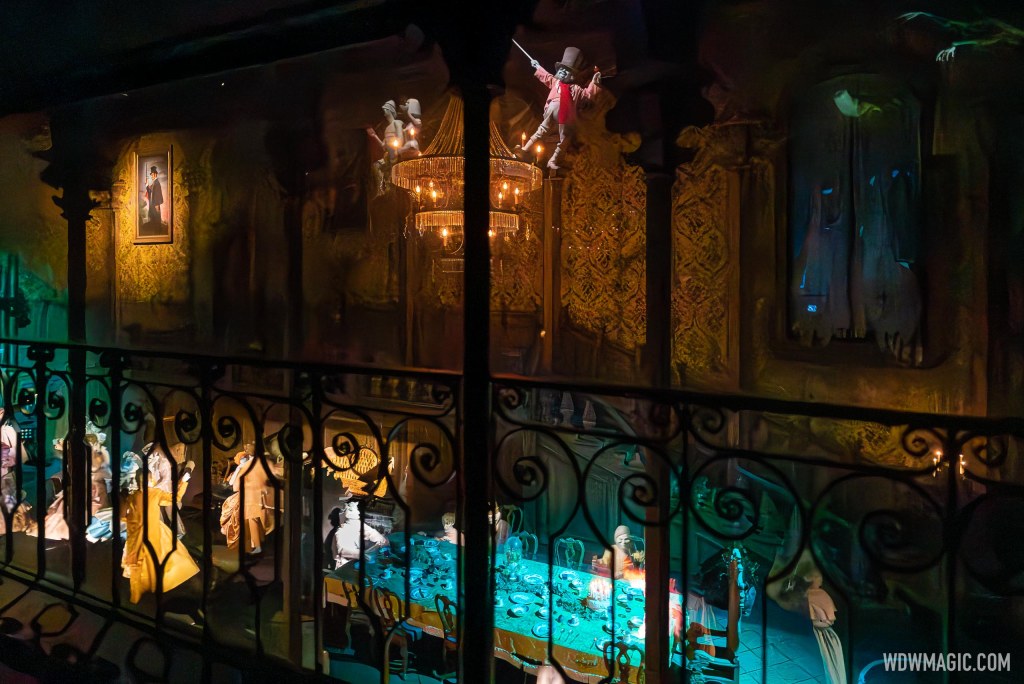
The Grand Hall has so many things going on in it that I hesitate to even approach it; but I do want to concentrate on two concepts instead of any individual gags: the origins of the haunted organ and the birthday party scene.
I honestly don’t know what came first: Did the Imagineers know that the organ from 20,000 Leagues was still in storage, unused, and decided to use it in one way or another in the Mansion; or did they come up with the haunted organ idea independently?
What I imagine—and I could be completely wrong—is that the Imagineers were influenced by the success of a spooky comedy movie that kids loved, was sold out at Saturday matinees across the country (again, I know, because I was one of those kids at a sold out matinee), and which starred a haunted organ with an impeccable sense of timing: 1966’s The Ghost and Mr. Chicken.
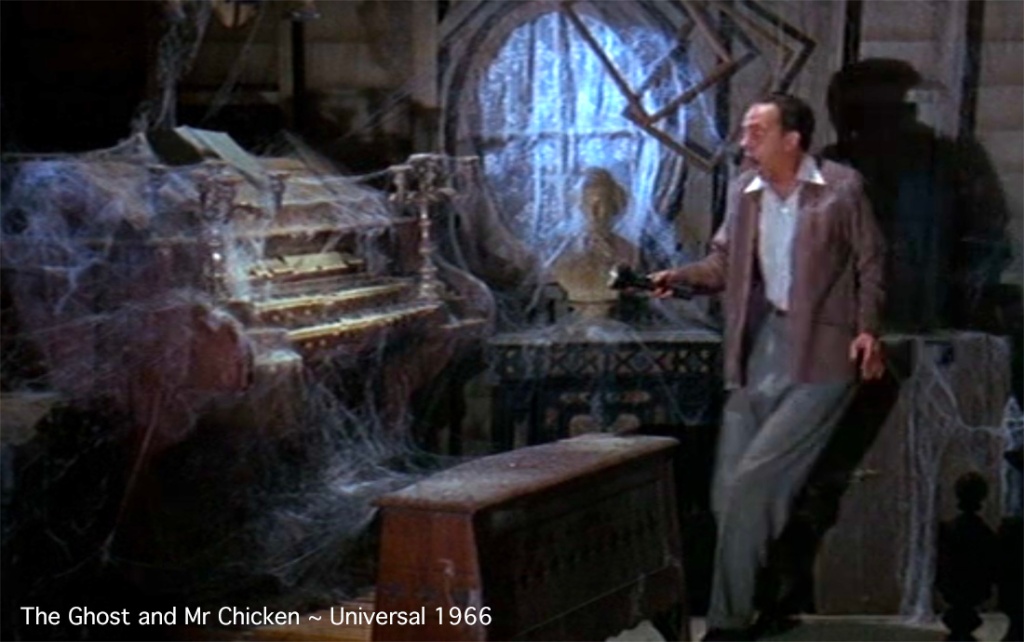
I’m sure that Disney Imagineers couldn’t help but pay attention to the movie’s success. Premiering in theaters on May 1, 1966, the movie was made for $500,000, pulled in $1.2 million in its first week, and made $4,000,000 in the first five months. That was great in 1966! Mr. Chicken was an ideal cross between horror and comedy, and may have even suggested to designers the same funny/scary tone for the Haunted Mansion. I’m sure that Disney also noted that family audiences were loving it—getting laughs and getting scared at the same time.
So it’s a little bit conjecture and a little bit educated guess on my part that Mr. Chicken’s haunted organ suggested a prominent role in the Mansion’s ballroom scene for the leftover organ from 20,000 Leagues, while the movie also suggested the proper balance between laughs and screams that only a handful of prior movies had achieved, most notably 1948’s Abbott and Costello Meet Frankenstein. The organ scenes were both spooky and funny, and the closing scene, where we all discover there really was a ghost in the haunted house, sets the perfect tone.
And another thing: My wife and I usually watch The Ghost and Mr. Chicken whenever it pops up on Svengoolie on MeTV, and I’m always curious about an aspect of the exterior of the old Simmons Mansion. At the entrance to the Simmons property, there are two red brick pillars that sure look familiar (I can’t find a photo online, so you’ll have to boot up the DVD for yourself). I wonder . . . did the art designer for the movie swipe the look of the Haunted Mansion’s entrance pillars, which had been in place at Disneyland since 1963? Was this a case of the Haunted Mansion and The Ghost and Mr. Chicken inspiring each other?
The Long Forgotten website suggests that the birthday party scene in the Grand Hall—at least the art design of the banquet room and table—was inspired by a scene from 1946’s film adaptation of Charles Dickens’ Great Expectations. This was news to me. I’d never actually thought about the Grand Hall scene much; I had always assumed that it was entirely invented by the Imagineers, one gag after another.
Now that I see it, though, the Great Expectations connection is undeniable.
To summarize this Dickens scene very briefly: At Satis House, the elderly Miss Havisham has become embittered and perhaps mad in the decades since her fiancé abandoned her on their wedding day—so mad that she has left the ballroom, complete with place settings and rotted wedding cake, intact and untouched since that day so many years ago.
I have no doubt that Long Forgotten was absolutely right that the Imagineers based the scene on the dining room from Great Expectations. They simply changed the occasion from a wedding to a birthday party, and made the ghostly gags in the Grand Hall a great deal jollier. I think it was the perfect decision—it opened up the setting for a lot more gags.
And it is quite possible that the Imagineers remembered the 1946 movie for its atmosphere and visuals—but they didn’t need to go that far back in time to visualize the cobweb-covered wedding banquet. They only needed to watch one show in August, 1966.
The Avengers, a unique and unforgettable British spy series starring Patrick Macnee and Diana Rigg as “John Steed, agent extraordinaire” and “Emma Peel, talented amateur,” respectively, had burst onto American television in March 1966; and the classic episode “Too Many Christmas Trees” premiered in the US the night of August 11, 1966. This episode’s premise takes place at a British country mansion where different halls are based on the novels of Charles Dickens, and Emma Peel discovers something ghastly in . . .
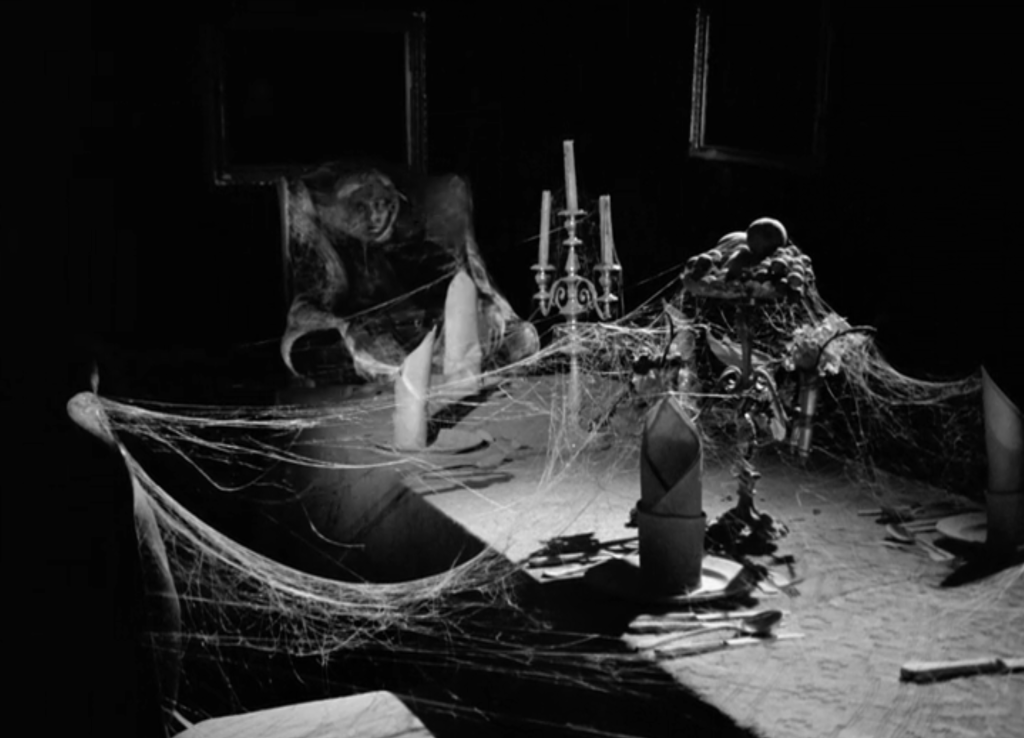
It is more than probable that not a few Imagineers were at home that night, having supper and watching TV after a long day at the studio; and The Avengers popped on and showed them this decaying wedding vista, complete with a corpse at the head of the table. (By the way, the actor shown was portraying a character in costume as Jacob Marley, one of Dickens’ most famous ghosts.) With this one episode, we were presented with dangerous psychic powers, ghosts of Christmas past, a cobwebbed, dust-shrouded banquet table, and a web-covered corpse, all presented with The Avengers’ eccentric, tongue in cheek sense of humor—a sense of humor that was perfect for the Haunted Mansion.
Yes, I believe the setting from Dickens’ Great Expectations was the basis for the ballroom scene, but I also believe Imagineers were visually and viscerally influenced by this episode of The Avengers more than the 1946 film. That the episode was broadcast at the very time the Haunted Mansion was in the design stage is too coincidental to be ignored. Besides, this scene from The Avengers already had a ghost sitting at the table!
. . . Hill House, not sane, stood by itself against its hills, holding darkness within.
And now we come to the building itself.
From whence sprung the face of Florida’s Haunted Mansion?
So, let’s take a look at some mansions in the “lower Hudson River Valley” where Disney claims the appearance of the Florida Mansion originated. I chose to use these as examples because they seem the most similar to the Florida Mansion, even though all are quite different in many ways. You be the judge.
This engraving appears on page 38 of the Surrell book, and was originally found by Imagineers in the same book of Victorian designs as the mansion that inspired the look of the Anaheim Mansion. Kenwood was built in the 1840s near Albany, and was later enlarged after the building was transformed into a convent. Part of the structure burned down in 2023. I do see some similarities, but I feel they are minimal.
No one knows for sure if Kenwood was used as an inspiration for the Haunted Mansion. One online article even admits that “nowhere do they [Disney] list this Albany home as a model.” That, in and of itself, is very curious.
Then there’s the Table Rock mansion in Sloatsburg, NY:
This mansion was built in 1900, and appears a little too modern for a quasi-Colonial mansion, but there are certain similarities that Imagineers could have incorporated in Florida.
Glenview Mansion in Yonkers was built in 1877 of “locally quarried greystone” and was designed in a late Victorian style of architecture. It’s a gorgeous house and looks 100% haunted, but I see almost no similarities to the Florida Mansion.
Lyndhurst, a majestic mansion in Tarrytown, was first constructed in 1838, and then was doubled in size in 1865. The building is quite asymmetrical, and is visually stunning. But, other than turrets and rooftop ornamentation, very little here screams Haunted Mansion. Coincidentally, Lyndhurst was used as the Collinwood Mansion in the two 1970s Dark Shadows feature films, House of Dark Shadows and Night of Dark Shadows.
So, for this blog post, I went to various online sources here, here, here, here, and, finally, here, in order to see for myself what individual Hudson River Valley houses could possibly have inspired the Imagineers in the mid-sixties. As far as I’m concerned, the Harry Packer Mansion in Pennsylvania looks nothing like the Florida Mansion, and I truly believe there is no factual evidence that links that location to our Imagineers. And while there are many houses here that, certainly, could have inspired a rooftop ornament or a single architectural design or an archway or something, no one single mansion jumped out at me. Not one Hudson Valley mansion screamed at me visually, This is the one!
I had hit the proverbial haunted brick wall.
So what’s a writer to do when he can’t find the answer to a question, based on the facts as presented in Disney literature and lore since the ‘60s?
And I realized I had to change the question. Because maybe the answer wasn’t in the Hudson River Valley. At all.
What if Imagineers got the idea from somewhere else?
What if they got the idea from television or the movies?
What if the “look” of the Haunted Mansion . . . was a swipe?
Ah! That would explain the all too generic cover story about the Hudson River Valley. That would also explain the lack of concrete references regarding where they got the appearance—because artists rarely admit that they swiped an image. Plus, when they swipe something in the employ of a corporation, the company could be held liable, perhaps for plagiarism.
So, now armed with a new direction to take my search, I fired up the Macbook. I already had an idea of the inspiration for the Florida Mansion’s two wings, but where did the main look come from?
I did something really simple. I Googled television mansions 1960s.
I didn’t have to even click on any of the resulting links.
The mansion I now believe was the inspiration—the true, single, primary inspiration—for the look of Florida’s Haunted Mansion was one of the first images that popped up on my screen.
I knew it when I saw it—and I’m still kicking myself, because I should have known this intuitively!
So . . .
First, I believe the Imagineers got the inspiration for the Florida mansion’s wings from a source I’m sure they had used before: Dark Shadows.
Each episode of Dark Shadows opened with an establishing shot of the Collinwood Mansion, usually fog-shrouded, and usually with only one, spooky room lit by candlelight.
In actuality, Collinwood was Seaview Terrace, a sprawling, 54-room mansion built in 1925 in Newport, Rhode Island. The mansion’s wings were prominent on the show, as almost all exterior shots used were taken from the southeast, in the crook of the east and west wings (as above). In addition, writers incorporated the wings as story devices, portraying them as crumbling and abandoned, yet also existing in the supernatural realm, offering doorways to “parallel times”—doorways to Collinwood’s past, running concurrently with the present. Definitely haunted.
Giving the Haunted Mansion a powerful sense of depth and size—along with a certain mystique associated with mysterious mansions and dimly lit guest wings—would make the Florida Mansion visually impressive and, dare I say it, stately.
And the palatial home I believe was the true, secret model for the Florida Haunted Mansion . . .
Welcome to stately Wayne Manor.
7:30 p.m., January 12, 1966. ABC. The same network that, at the time, was also broadcasting Dark Shadows and The Avengers, premiered a new, twice-weekly series that would quickly break ratings records and captivate the children of America.
Batman, starring Adam West and Burt Ward, was an instant hit. Children took the comic book action seriously, while their parents watched the show for its sly winks and adult humor. PBS recently referred to Batman as “the biggest TV phenomenon of the mid-1960s.”
I was surprised when my Google search resulted with a photo of Gotham City’s finest estate. As a child, I was a faithful viewer; and nowadays, on Saturday nights, I watch the occasional episode on MeTV with my wife. Interior sets for Wayne Manor were generally used in every episode; but I honestly don’t remember ever seeing the exterior—not even in a recent repeat. The establishing shot of Wayne Manor (above) is from the opening minutes of Batman, the 1966 movie that was released between seasons one and two of the series on July 30, 1966; and when I saw the photo online, I could tell instantly that this is where Imagineers got their inspiration for the Haunted Mansion’s facade.
All the elements are in place: the lighter stonework along the trim, and the varied sizes of the blocks; the primary reddish coloration of the brickwork; the central archway and dark, wooden door; the center tower, and chimneys; the connected buildings that give the impression of a wing on the left side (there is a wing on the right).
And the choice, based on Batman’s immediate reception, couldn’t have been more perfect: a home in the national public’s eye, on a family-friendly show, with immense popularity and huge appeal across demographics; combined with a little stretching to make it appear taller; add forward-facing wings to make the house seem like its reaching for you, add a conservatory to tie in with the interior’s room, and tack on some cosmetic architectural modifications here and there—probably based on devices and photos from Decorative Art of Victoria’s Era—to make the house appear a little more foreboding and unusual . . . and you’ve got a mansion that seems very real—all you need are some flickering lights and some thunder, and stately Wayne Manor becomes our Haunted Mansion.
Upon sight of this photo, I immediately dismissed all the other possibilities. Obviously, our Haunted Mansion Imagineers made a swipe of the finest order! And, obviously, the Hudson River Valley cover story was a little obfuscation (to say the least); although, sure, I suppose, if you squint, 1966’s Wayne Manor could be described as being of the Dutch Gothic style. But it’s actually located at 380 San Rafael Avenue in Pasadena, California! And I would have assumed that at least a few Glendale Imagineers may have seen the mansion while driving past, but the house is described as hidden from the street and set back behind other homes; so I’m now positive that Imagineers saw the mansion on Batman the show or in Batman, the ’66 movie—and the house is so big and has so much personality that it’s been used in other shows and movies since its construction in 1928. (It’s not up for sale, but Pasadena’s Wayne Manor, if you wanted to make an offer, is currently estimated to be worth something in the $12-13 million price range. It is stately Wayne Manor after all.)
So, I’m convinced that the Imagineers swiped the idea from Batman.
And I think the Imagineers in 1966 left one, single clue for us intrepid investigators—just a little nod and a wink to the dedicated Mansion fans and the Batman fans . . . like me.
You’ll probably remember that the Anaheim Mansion has a partial back story about a ship captain, Captain Gore; and you might remember that “The original concept involved a backstory set in the early 1800s in which the mansion belonged to a wealthy sailing merchant who built the house for his bride. After moving in the new bride discovered that her husband was a bloodthirsty pirate, and upon confronting him with her discovery, he killed her. Her ghost haunted the house and the husband eventually committed suicide. Today the only remaining elements of that story are the sailing ship weathervane on the top of the house, and the bride that haunts the attic.” (AllEars.net)
The Florida Mansion is essentially based on the same back story which, as in Anaheim, is never really mentioned or referenced. But the Florida Mansion is located directly on the water, on a bluff on the Rivers of America, and it shares a dock where the late Mike Fink Keelboats used to berth—and one of the huge gravestones in the interactive queue area is that of a sea captain. So there are a lot of seafaring references here.
But the weather vane on the Florida Mansion is completely different than its West Coast counterpart.
It probably should have been identical to Anaheim’s weather vane, forged in the shape of a sailing schooner. With so many waterfront references along Florida’s Rivers of America, there’s no reason why the weather vane shouldn’t be the same.
But it’s not.
It’s a bat.
And maybe it was Ken and Marc and Rolly and Yale and X giving us a wink and a smile, if we could only connect the dots.
The Haunted Mansion was based on television’s Wayne Manor. And high up at the top they placed one, single clue—the Bat-Signal—so we could all eventually solve the real mystery of the Haunted Mansion.

